Our Blog - Olive Festival in Mouriès - Day 2
We waited until today to actually talk about the B&B that we stayed at (and take pictures). Obviously, this is a very small town so there aren't tons of options for accommodations, and we wanted somewhere that we could park and just walk to downtown for the festival. This one actually ended up much better than we thought as it was only a block or so off the main festival area, so we could actually pop back several times a day if we needed to. The B&B, called Les Cigales, seemed to have 3 rooms (2 of which seemed to have been built in a second building) along with a pool and a "summer kitchen" where the guests could cook and eat. It is hidden back off a small impasse, which actually caused us a few problems trying to find it. We finally figured out that the street names were only visible in one direction and so while we couldn't find the road coming from the South (which we did 2 or 3 times doing loops around town), it was easy to see if coming from the North.
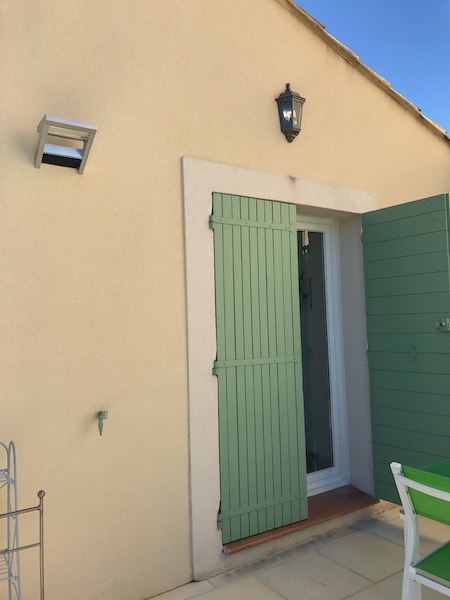
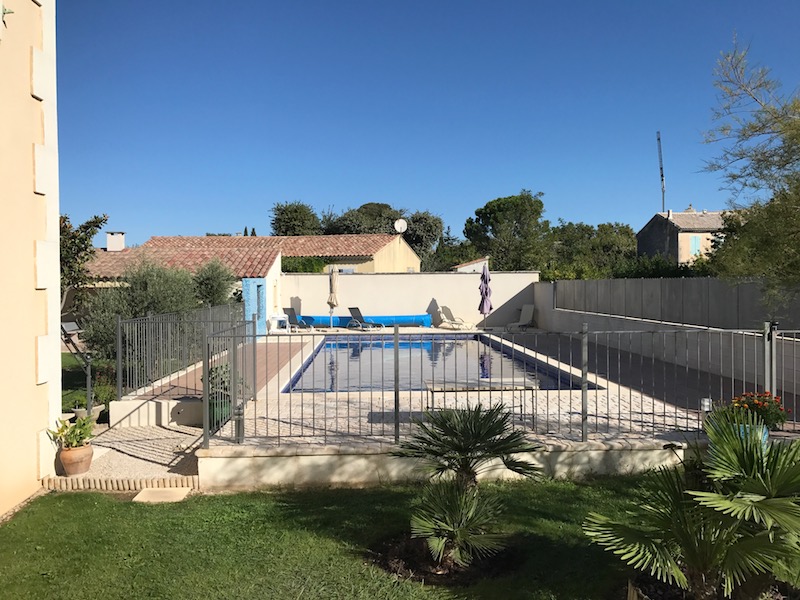
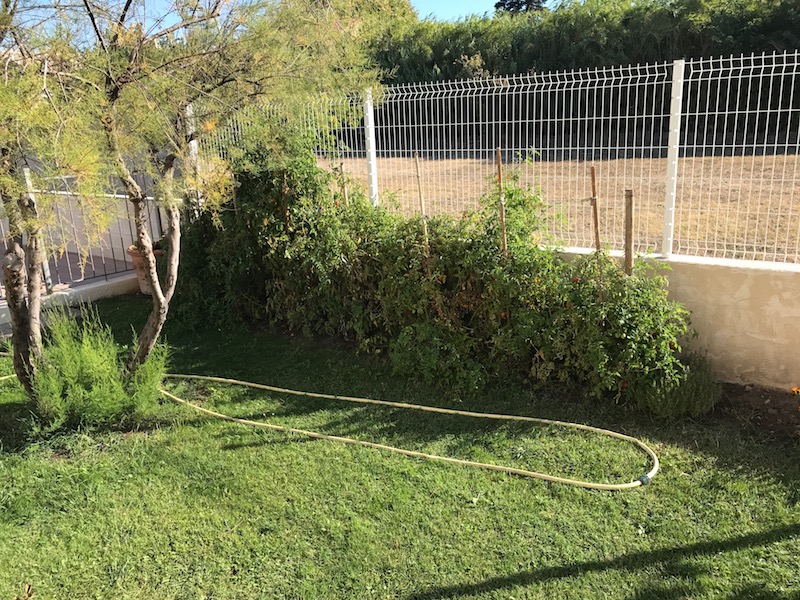
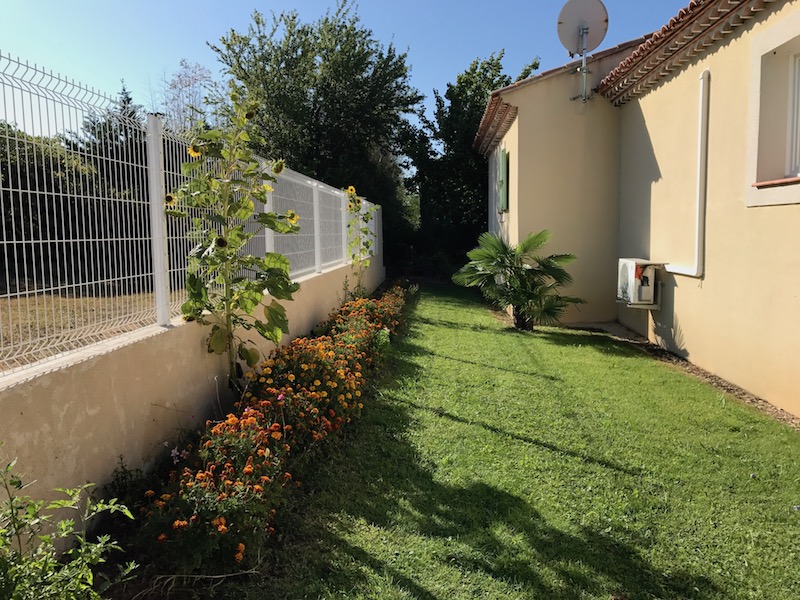
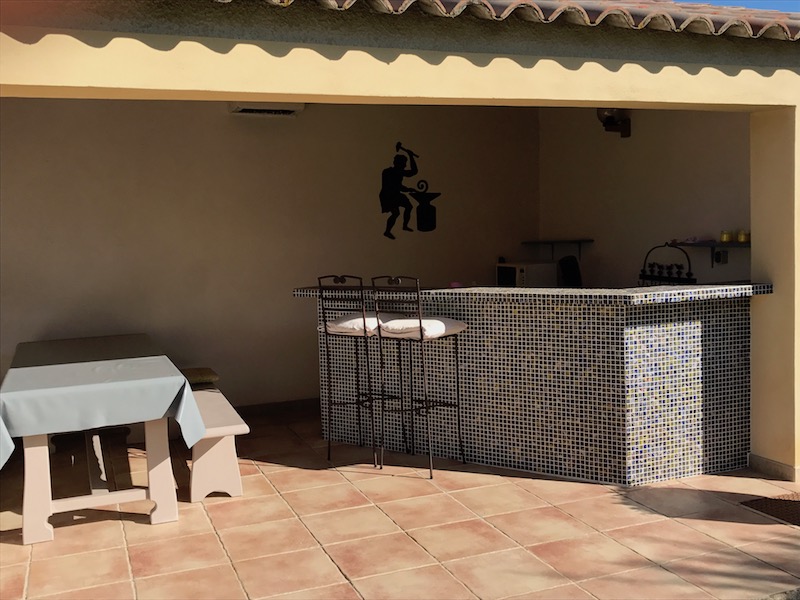
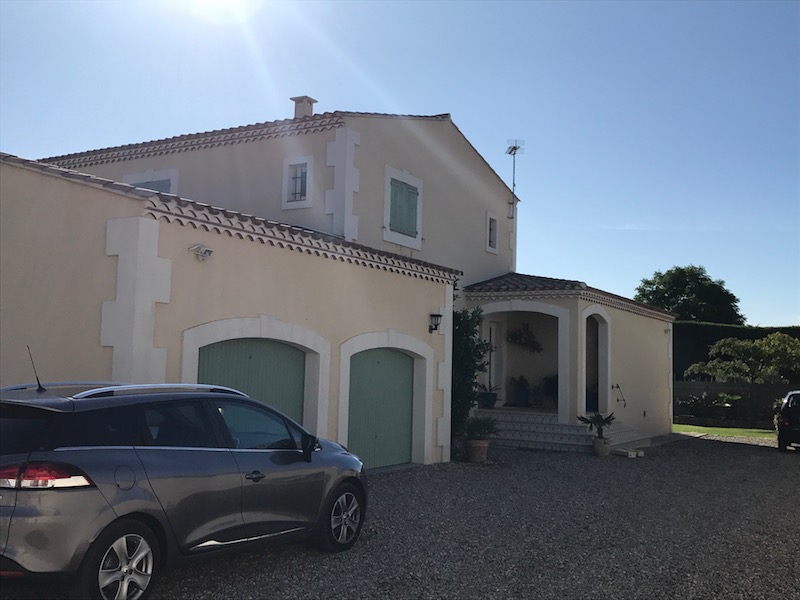
There were several olive trees as we were walking out of the B&B out to the main road. They we filled with olives, the majority of them still green but you could see a set of them that were turning red/black, which is what happens as they ripen. One of the days, there were 3 people out harvesting some of the olives.
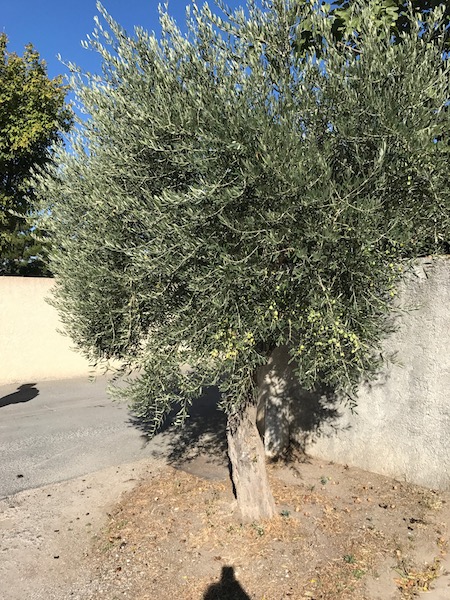
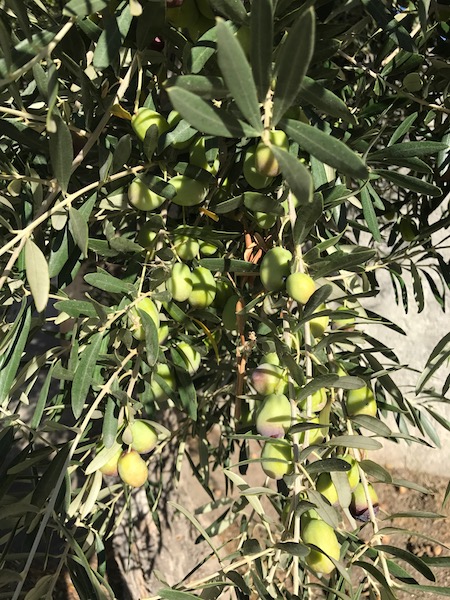
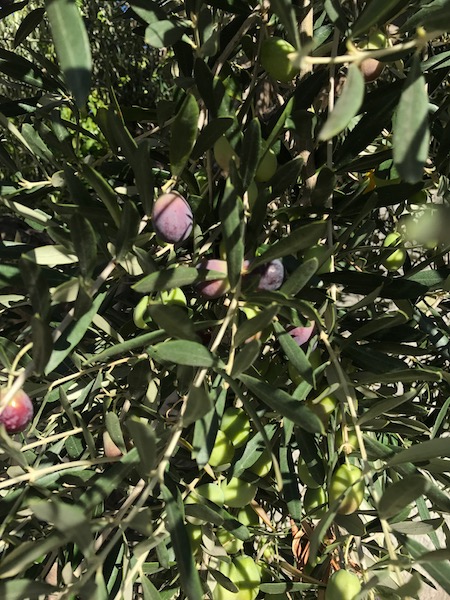
Saturday was the first day of the Olive festival, although there really wasn't much going on ... most of the activities were on Sunday. Here you can see how one of the main streets had been blocked off and various stalls setup to sell items. Most of the items had something to do with Olives (go figure) including buying olives, olive oil, soap and lotions made from olive oil ... but also a few others like sausages, jams, breads and pastries, as well as general things being sold.
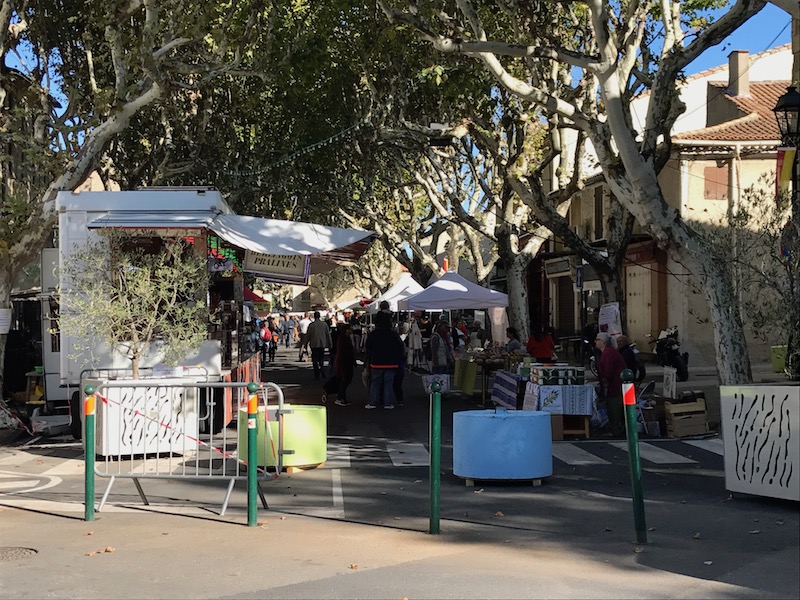
Other than the vendors, one of the 3 things on the agenda was this small parade of "old wheels", which included donkey-pulled carts, old baby strollers, and old cars.
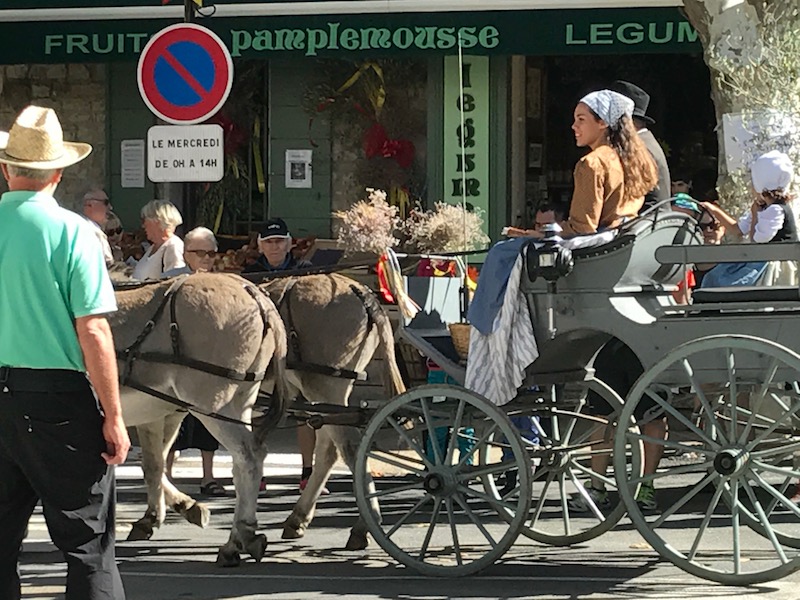
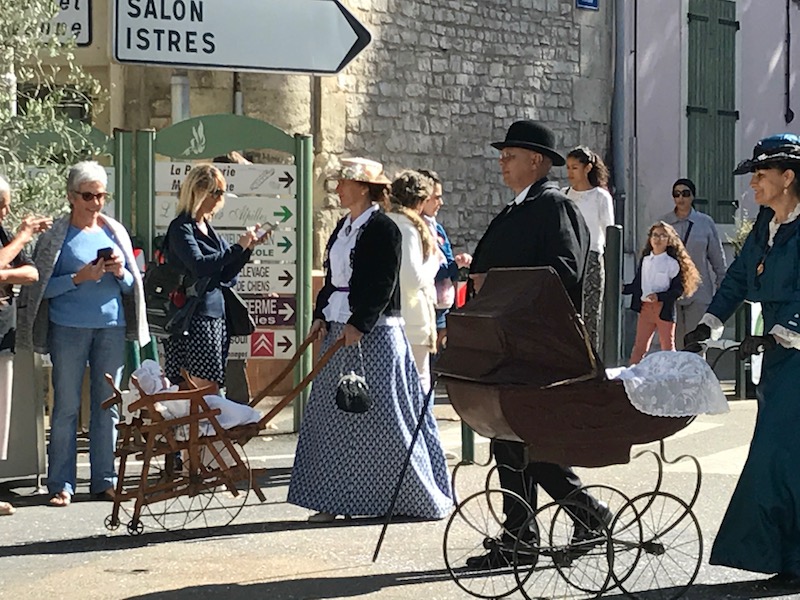
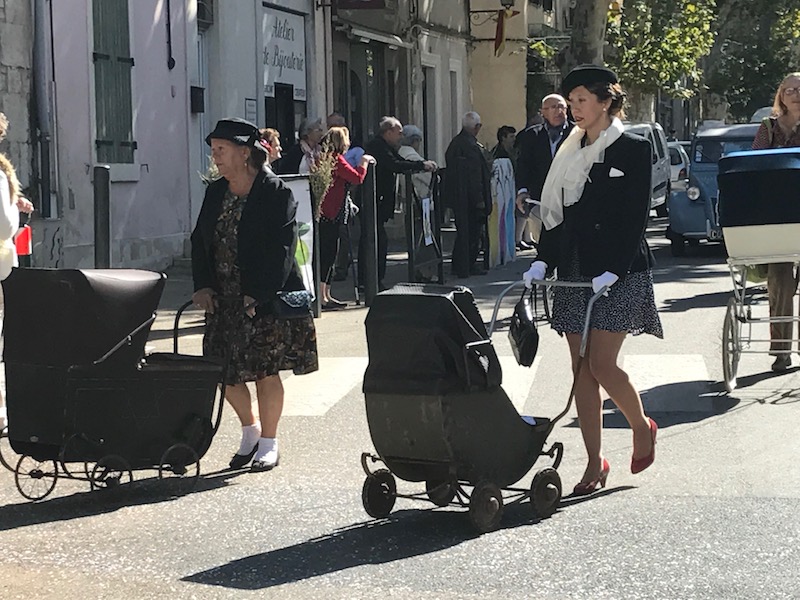
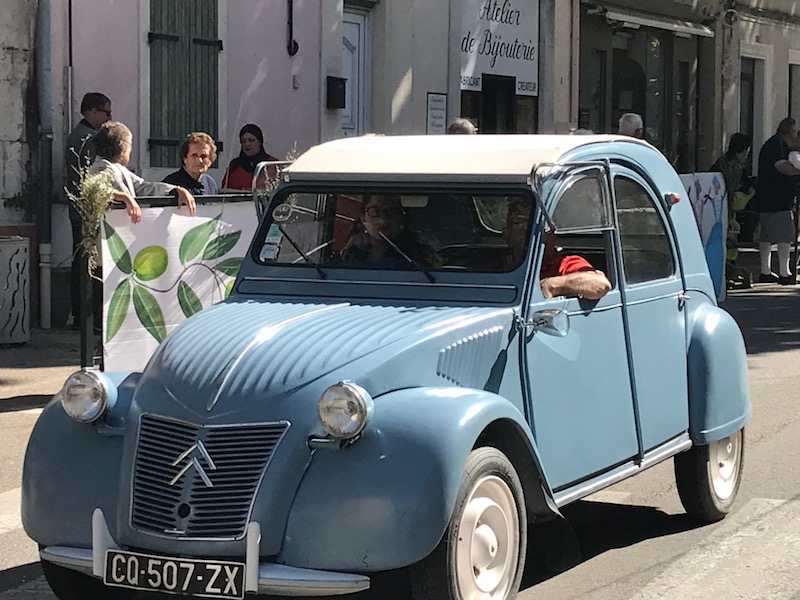
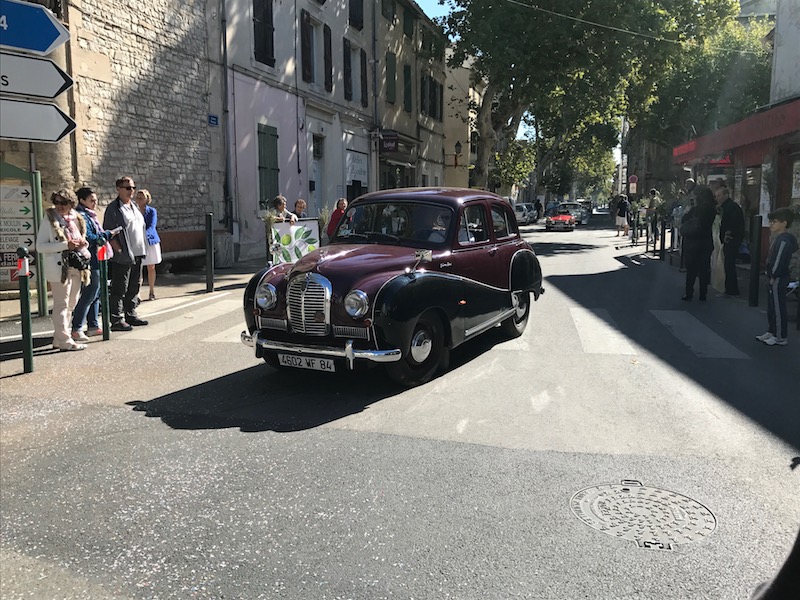
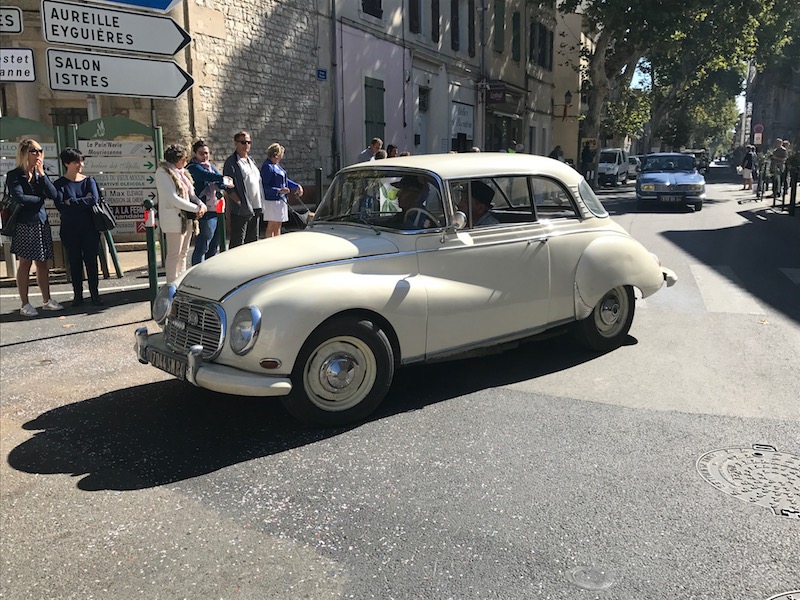
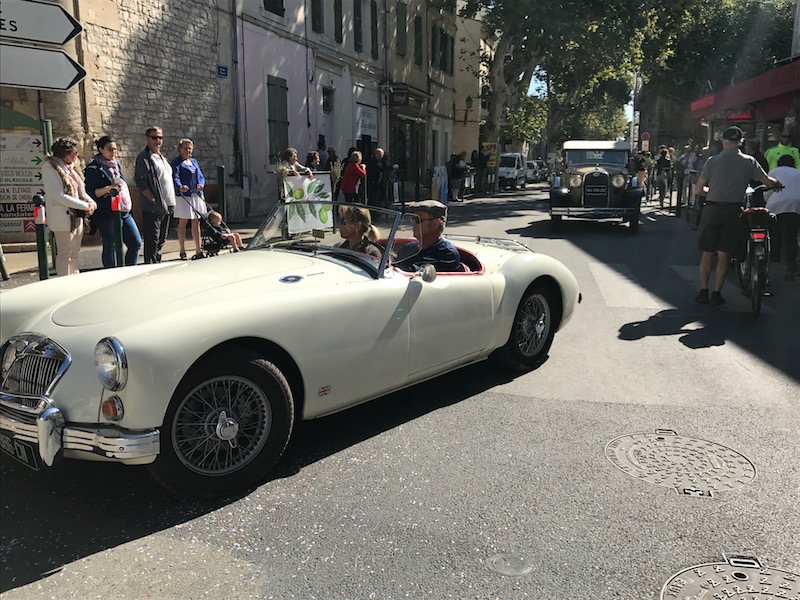
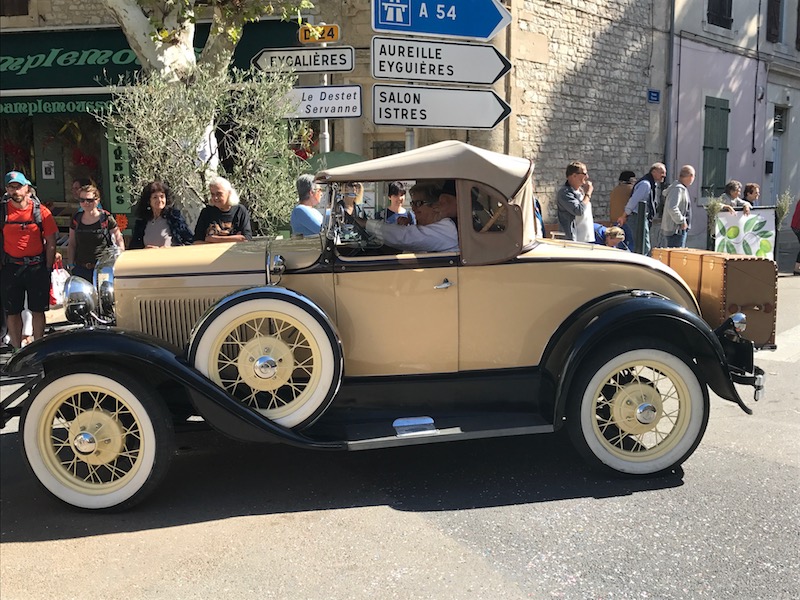
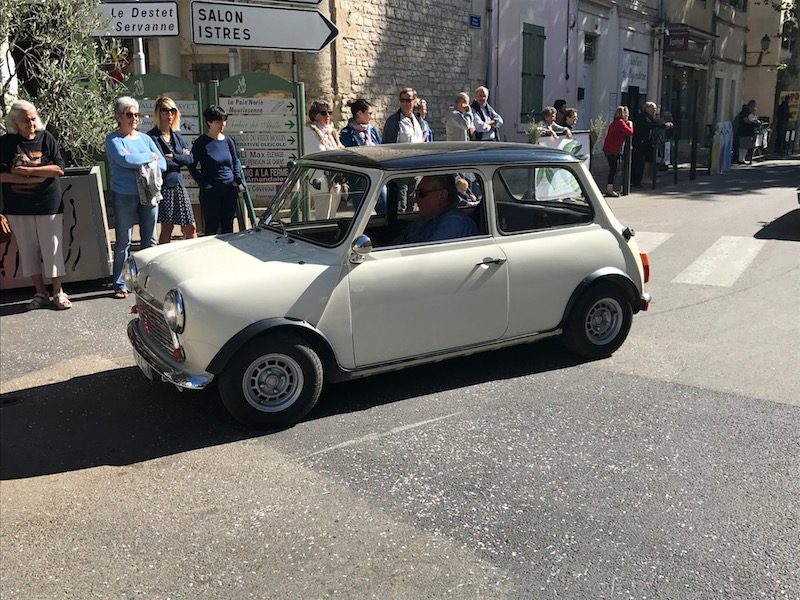
Then there was a set of tractors that came by, I assume they were all old ones. I decided to do video for these.
We then took a little walking tour of the main parts of the town. The church is (literally) in the middle of the city. Église Saint-Jacques-le-Majeur was inaugurated in 1782 and has a Corinthian nave and 4 chapels on each side. Unfortunately, the trees in the square in front of it covers the main part of the front of the church. It does have a nice statue at the top.
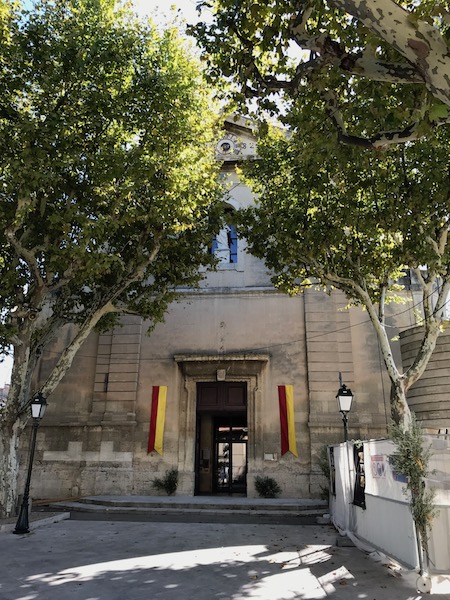
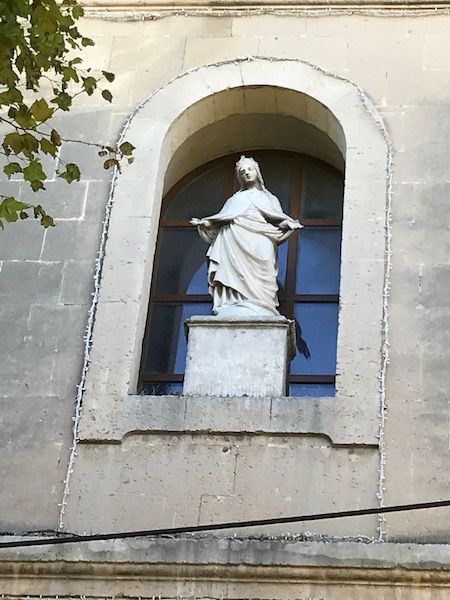
The interior is pretty stark, with only a few statues and paintings. Of course ... there has to be a statue to Joan of Arc :-) One one side of the alter is a statue of Saint Louis, which is also one of the patron saints of the church, along with Saint Jacques (Saint James).
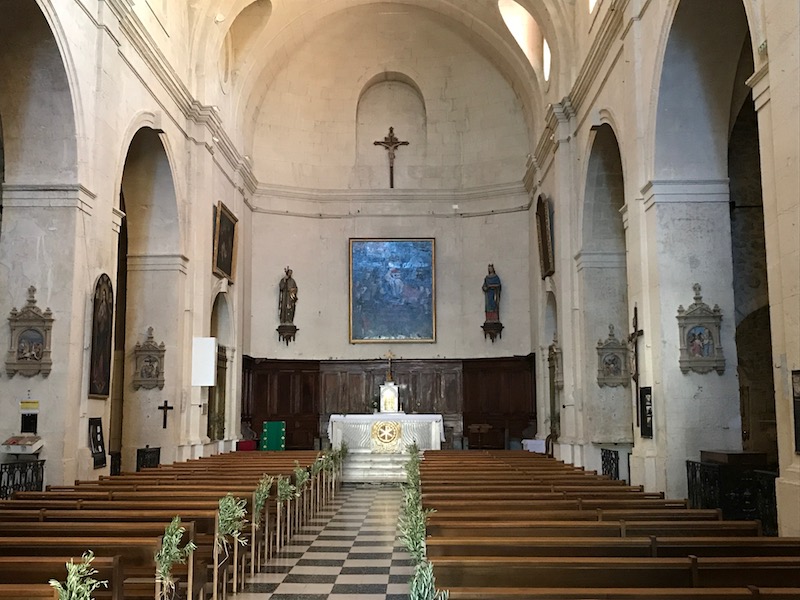
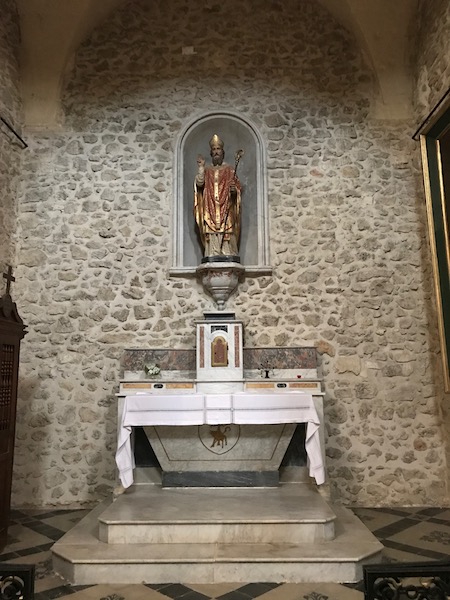
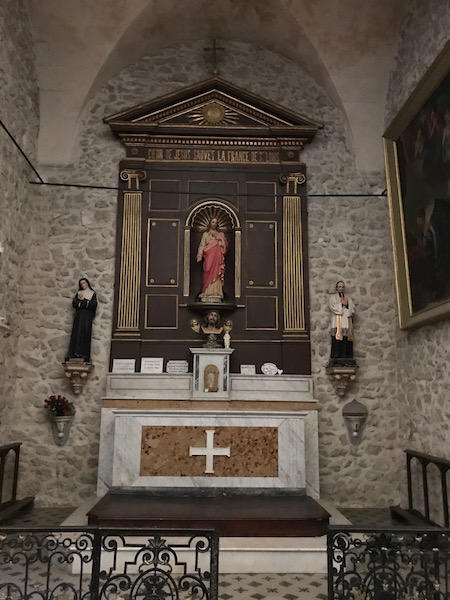
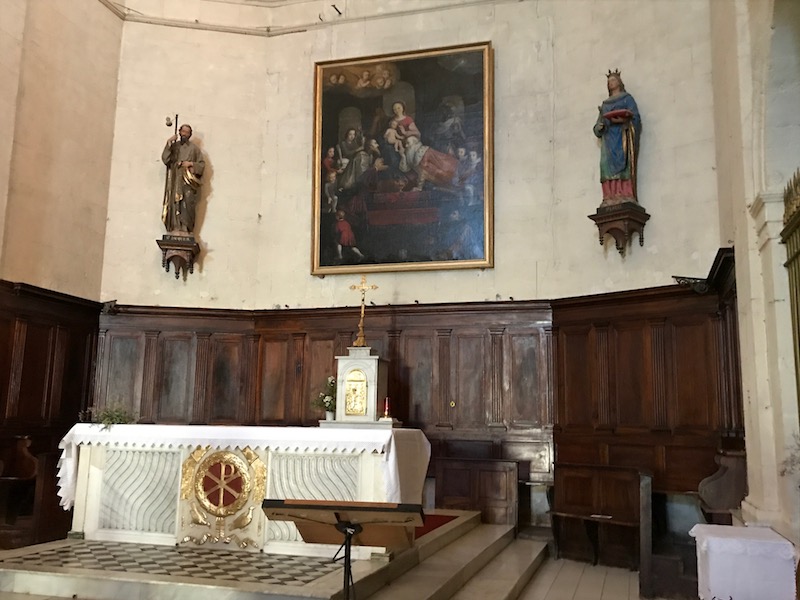
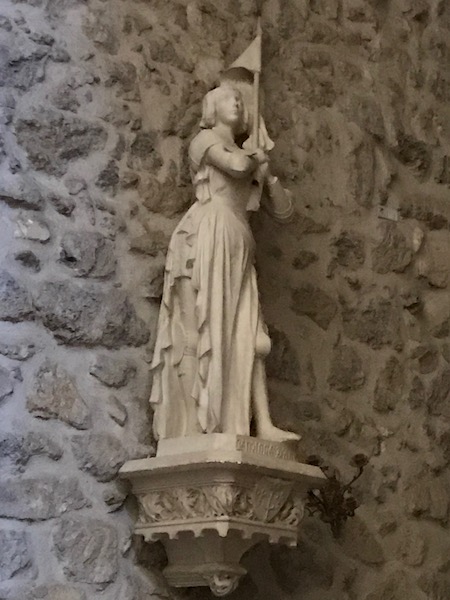
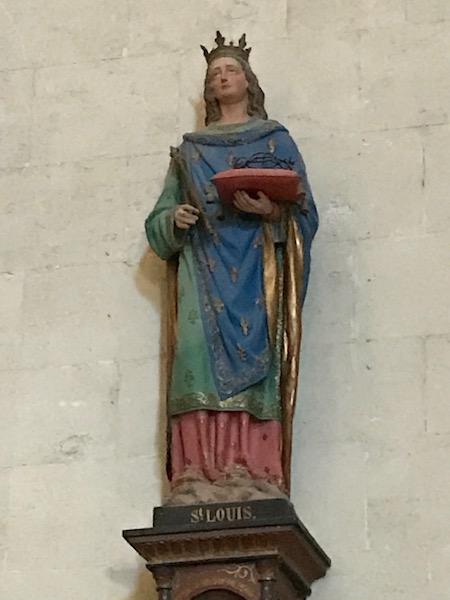
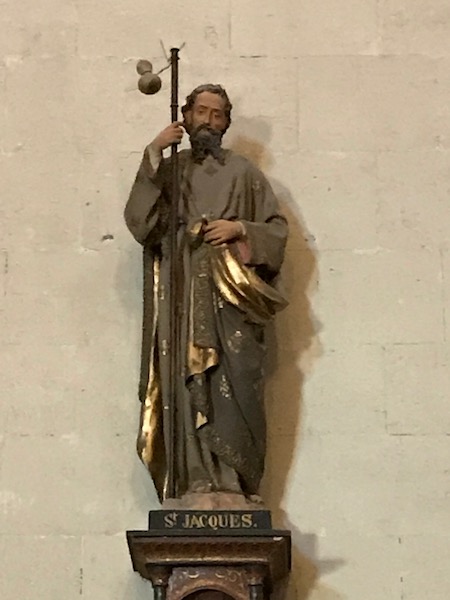
As with many towns in France, there is a Monument to the Dead, which was created by a sculptor from the nearby town of Arles in 1921.
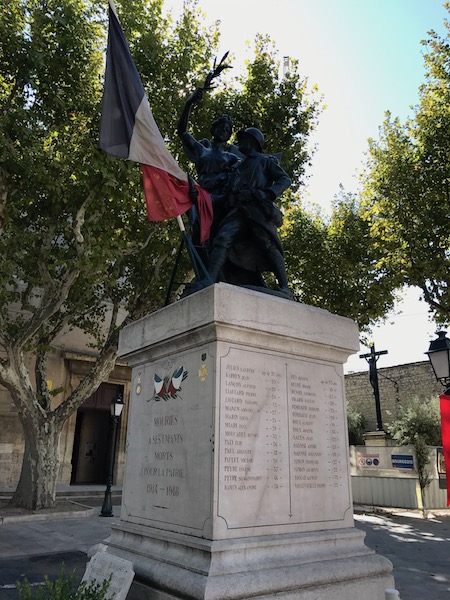
We headed out of town and passed by this little Temple, which has "Post tenebras lux 1824" on the lintel. Translated, it is "After the darkness, the light" and 1824 was the year that it was built.
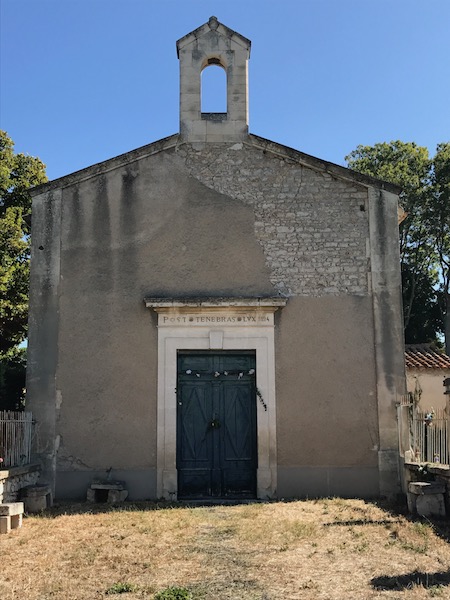
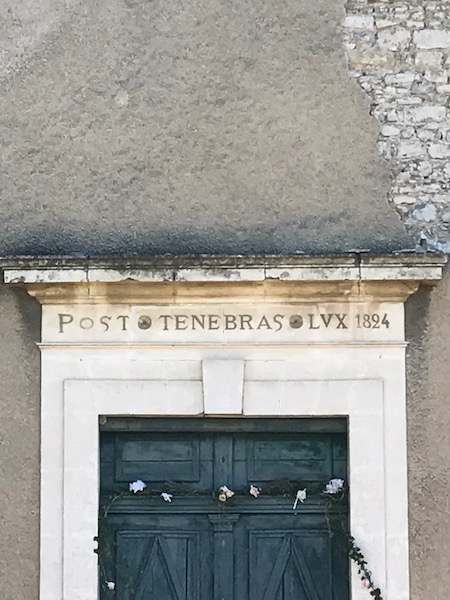
Up a little further is the Protestant Cemetery, which was founded in 1861. The small chapel on the interior actually dates from 1849. One note that I wanted to make is that the French seem to have some different funerary traditions. For example, here there are lots of flowers on a family grave, but they are all ceramic (which I guess don't die, and are nicer looking than silk ones). They also have some where they put pictures of the person along with statements "to our" and then uncle, dad, cousin, son, etc.
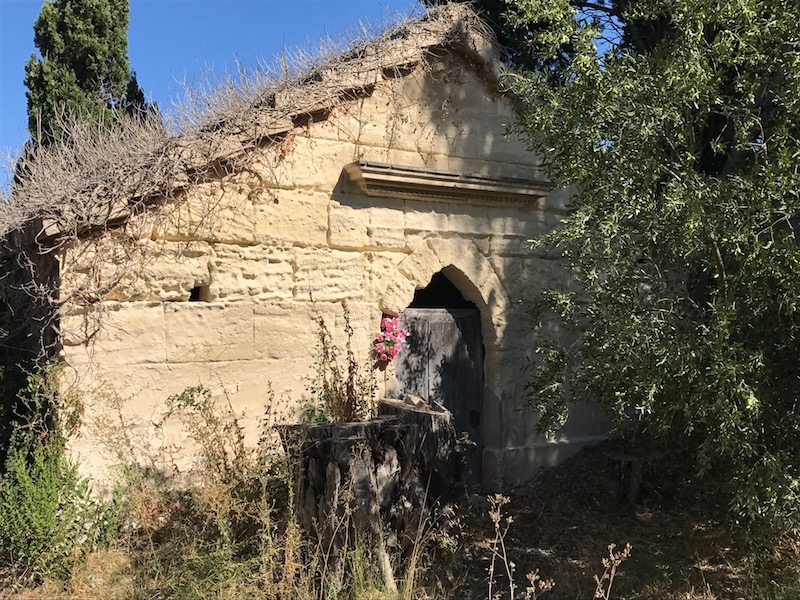
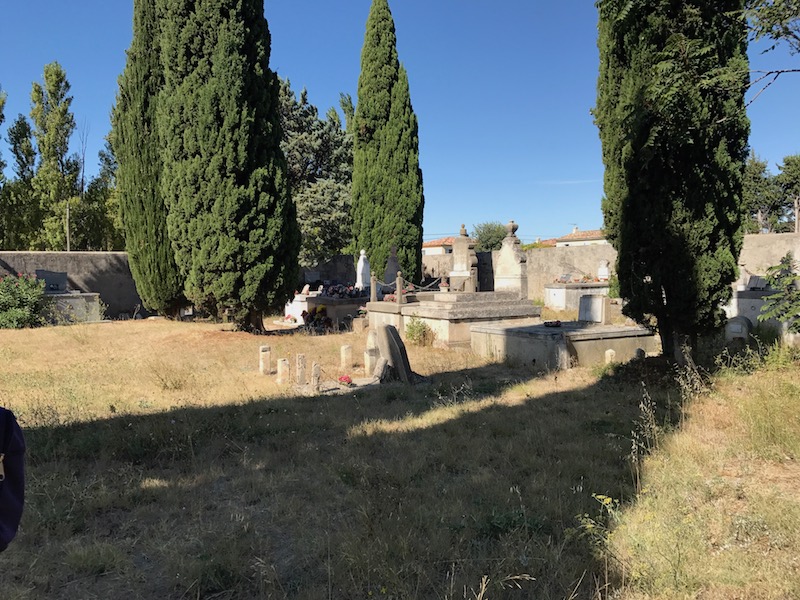
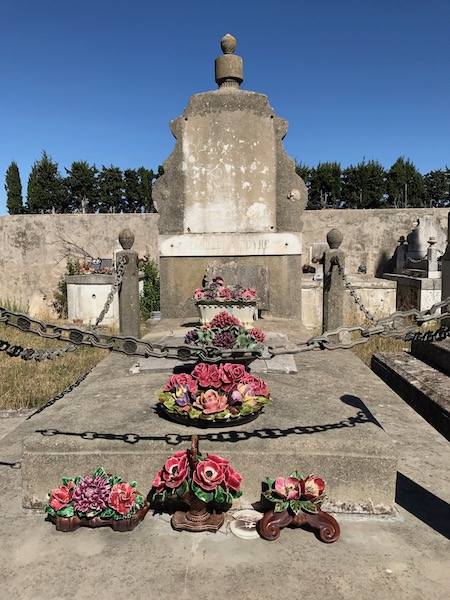
The Arena was inaugurated in 1927 and continues to hold non-lethal bull fighting events throughout the year. They had an event in the arena on Sunday, but you had to get tickets and so we skipped it. We weren't actually even sure *what* the event was, which is why we weren't too keen on paying for something we didn't know what was.
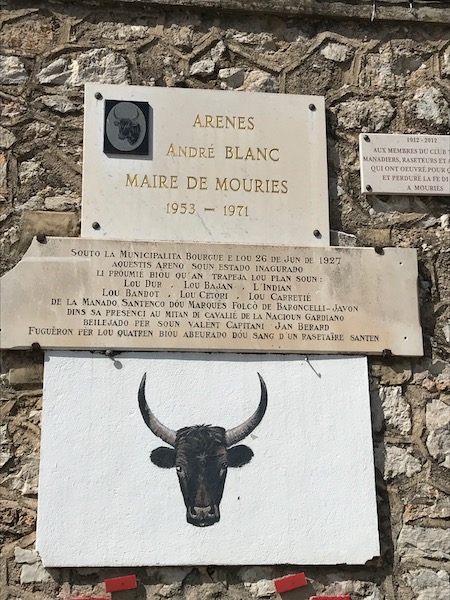
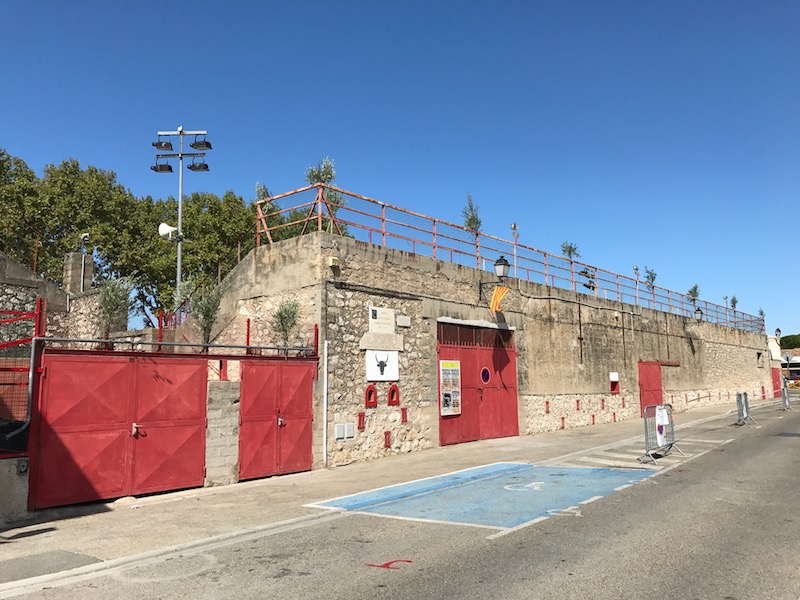
Then a few houses within town that had interesting things ... sun dials, and various sculptures.
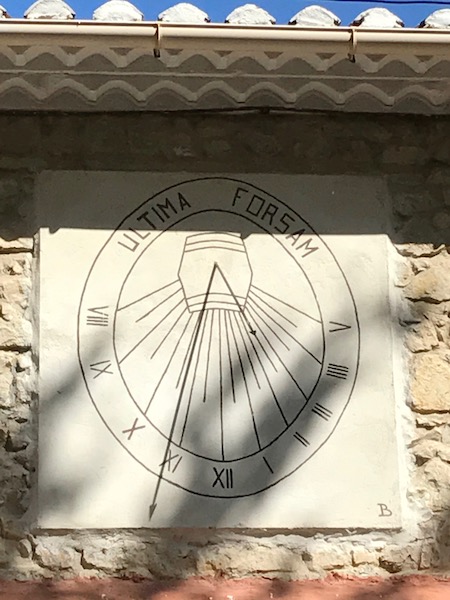
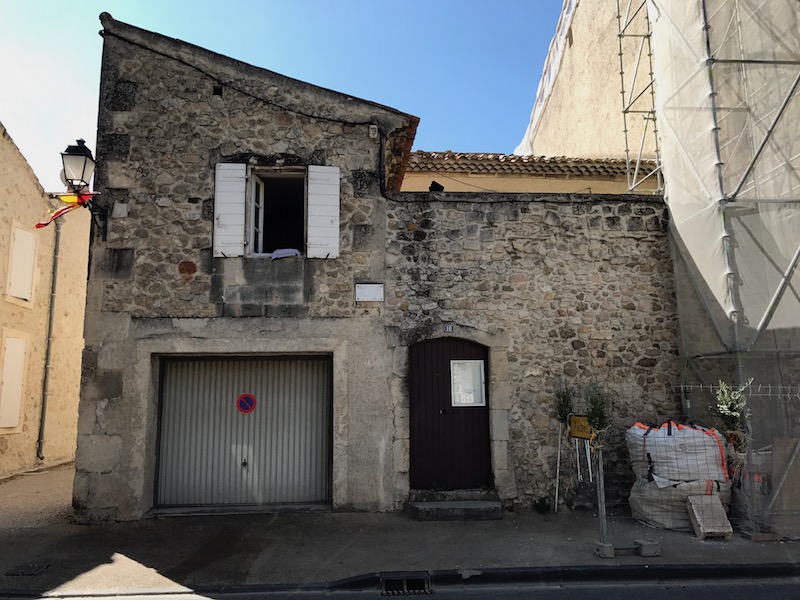
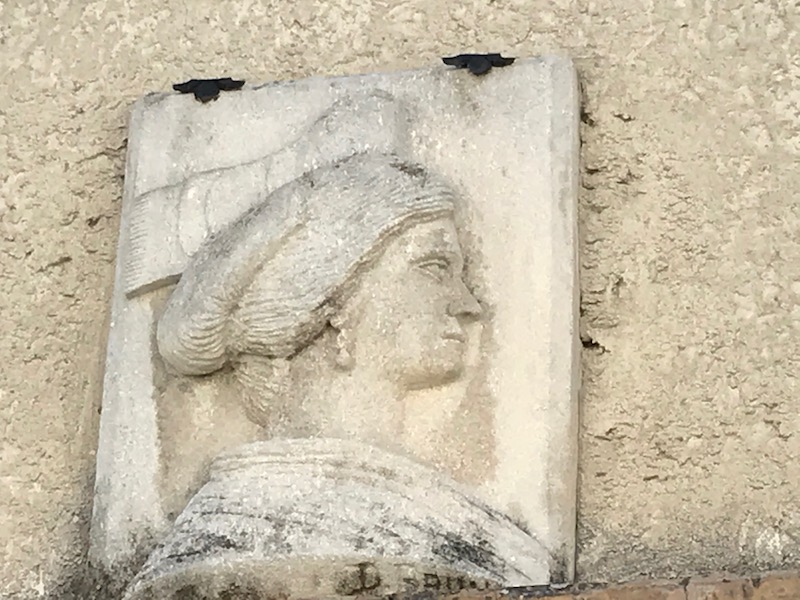
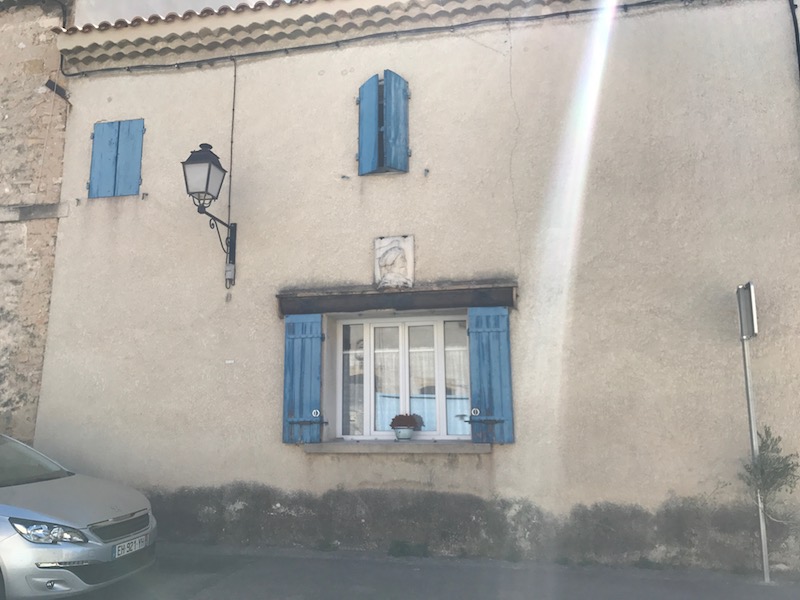
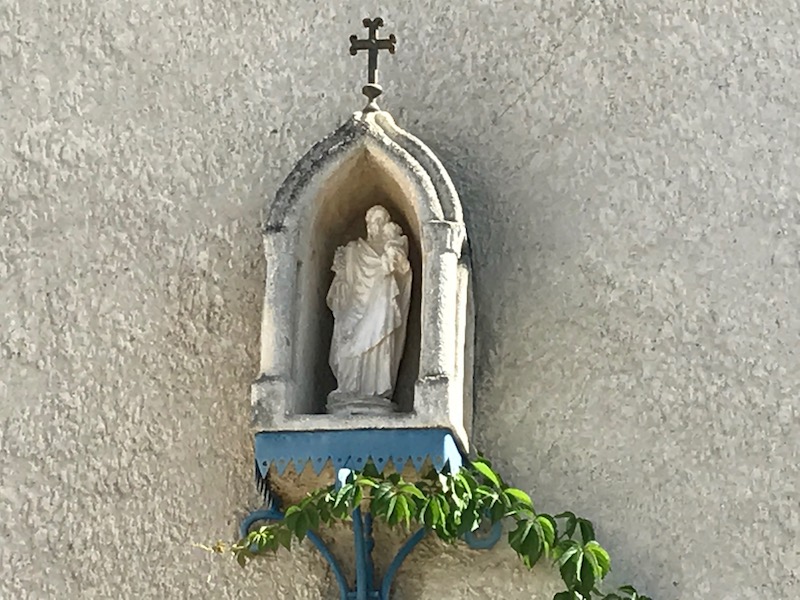
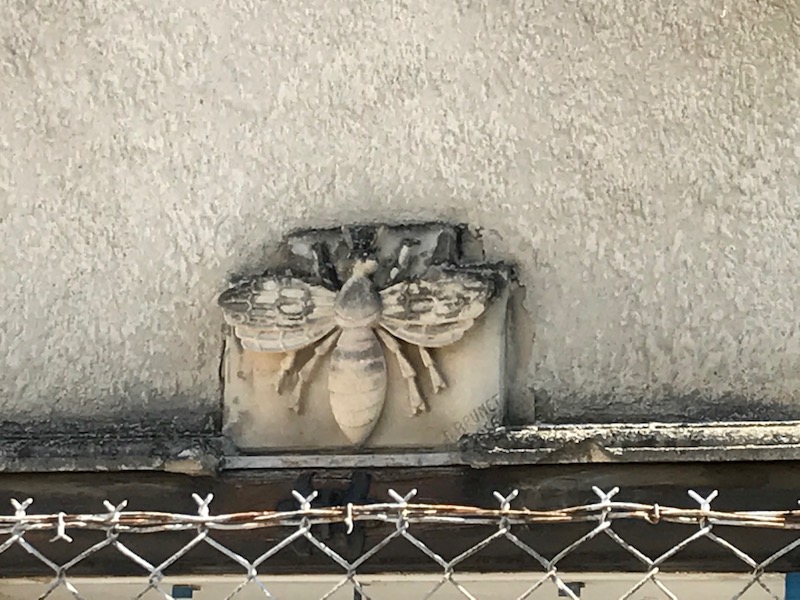
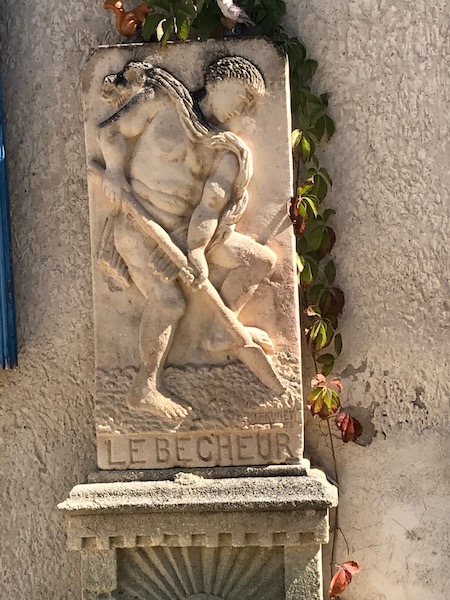
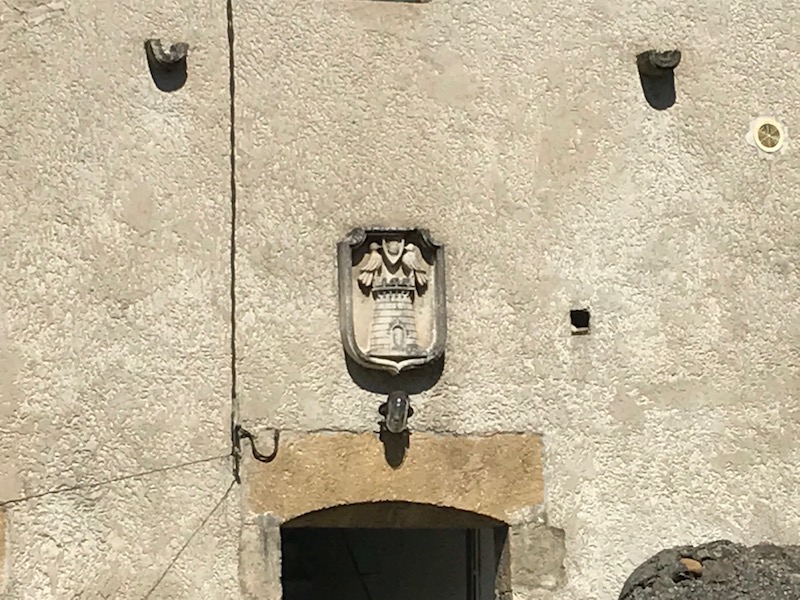
Then we headed up North of town into the rocky outcroppings. Up a bit further are some ancient ruins, but we decided not to go all the way. We got a good view of a few olive fields as well as the town itself.
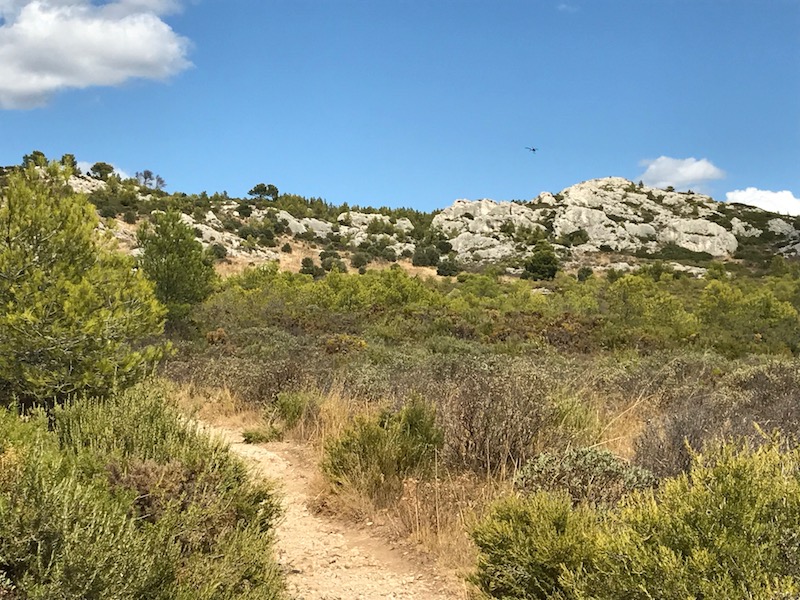
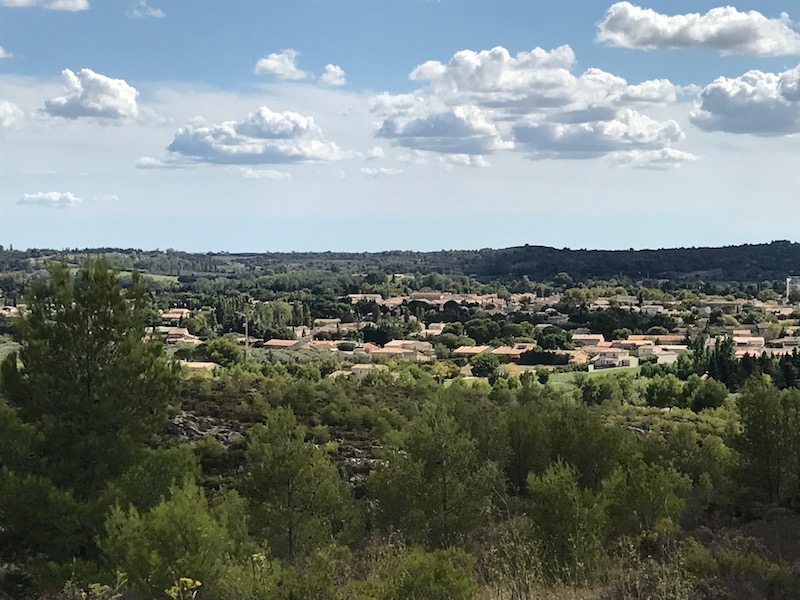
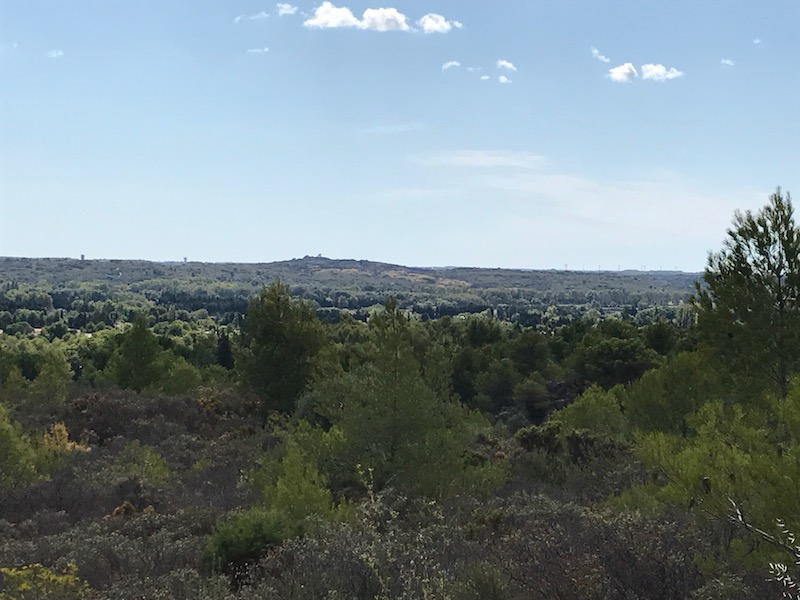
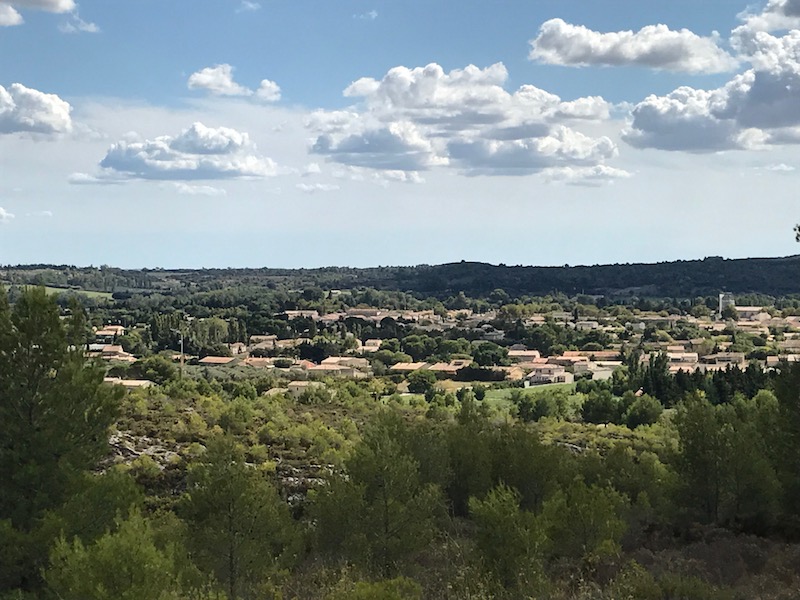
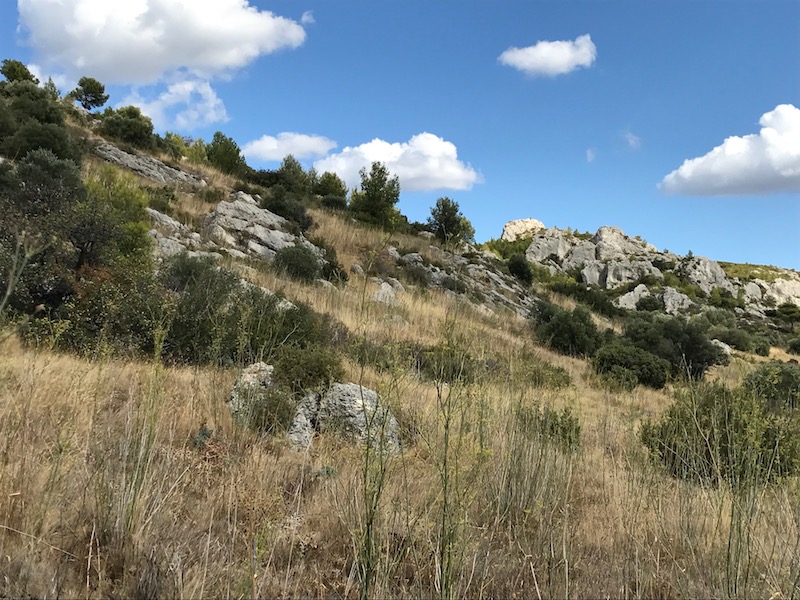
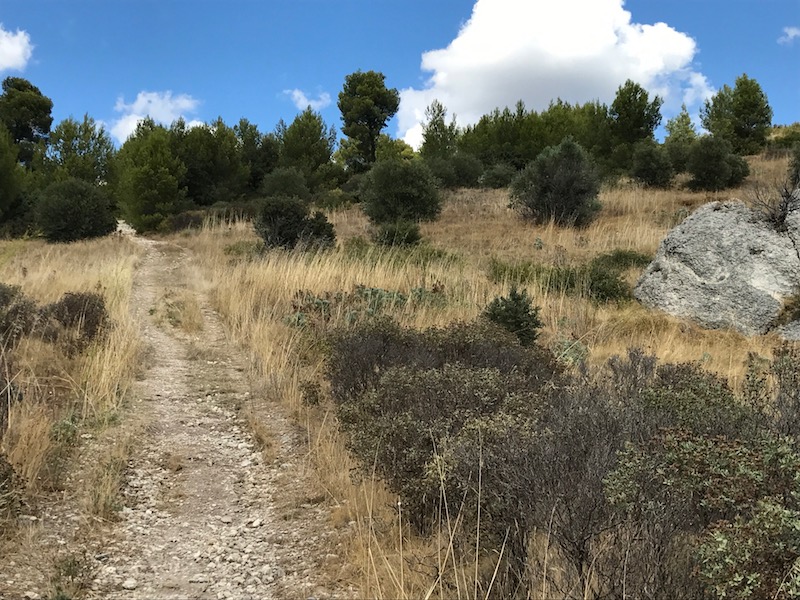
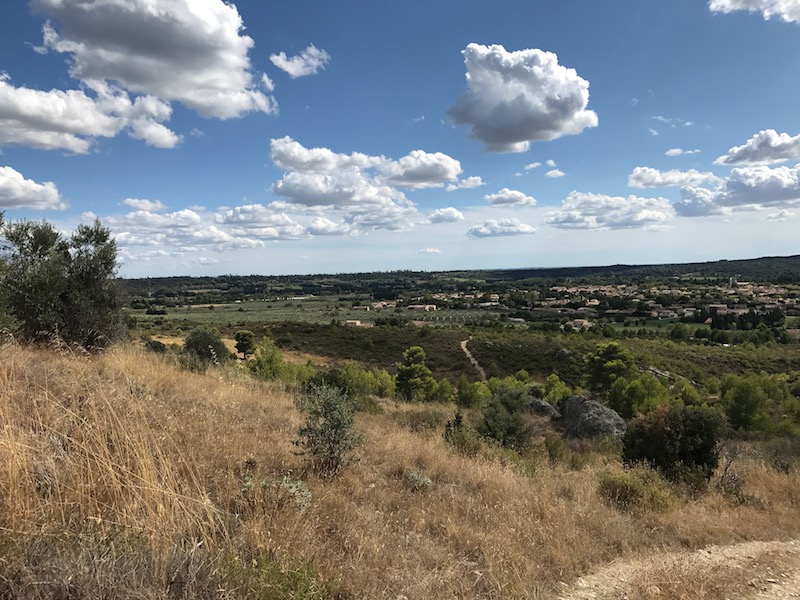
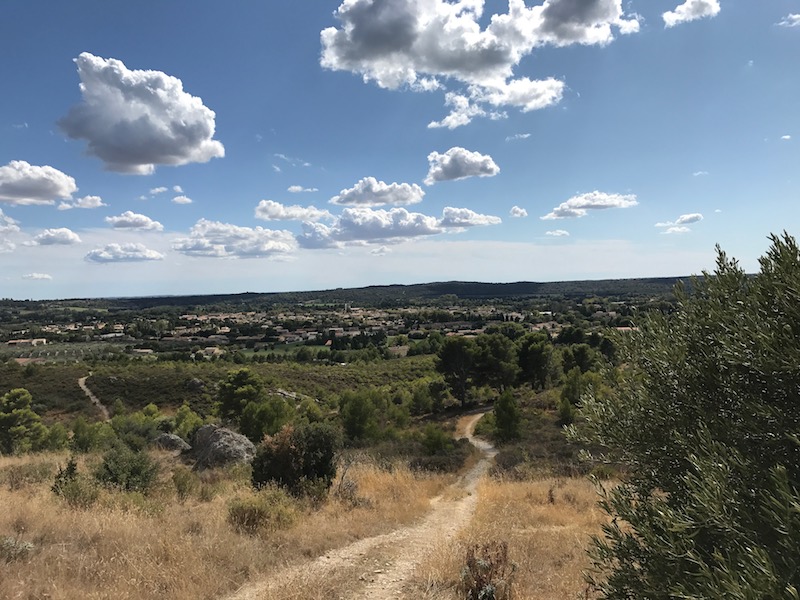
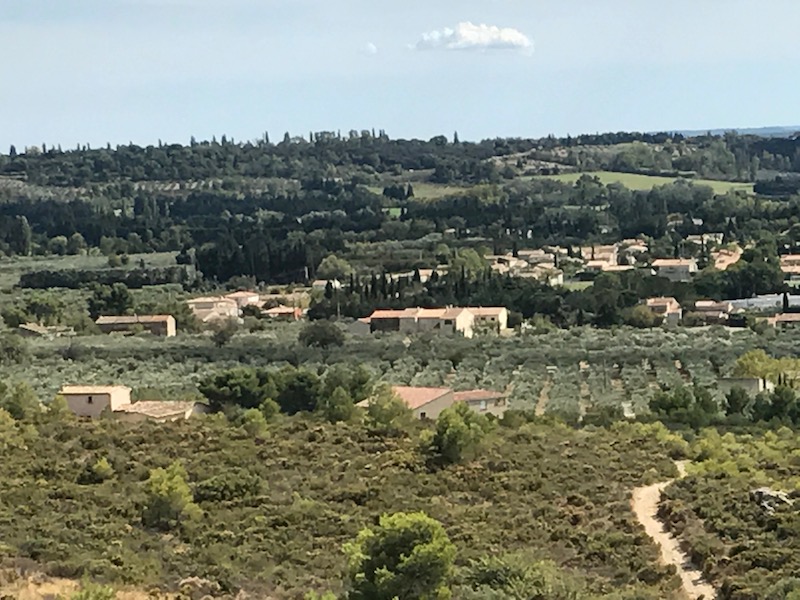
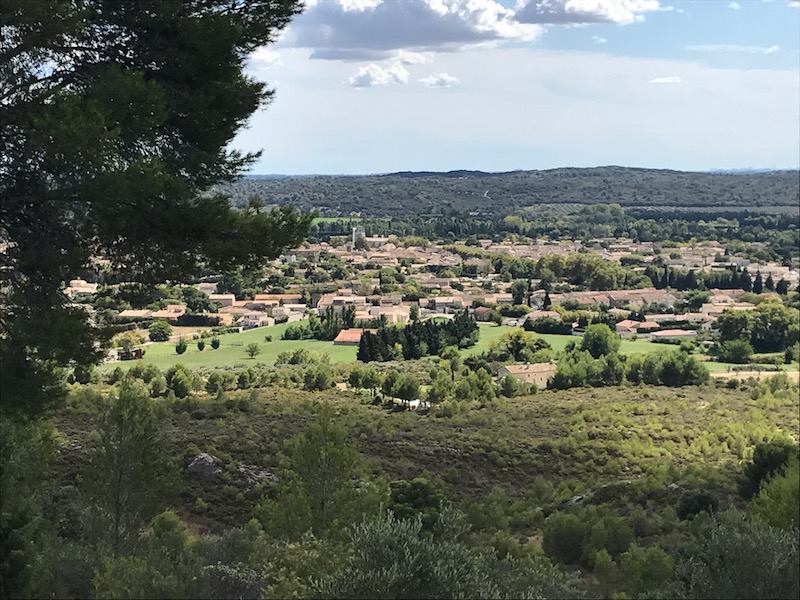
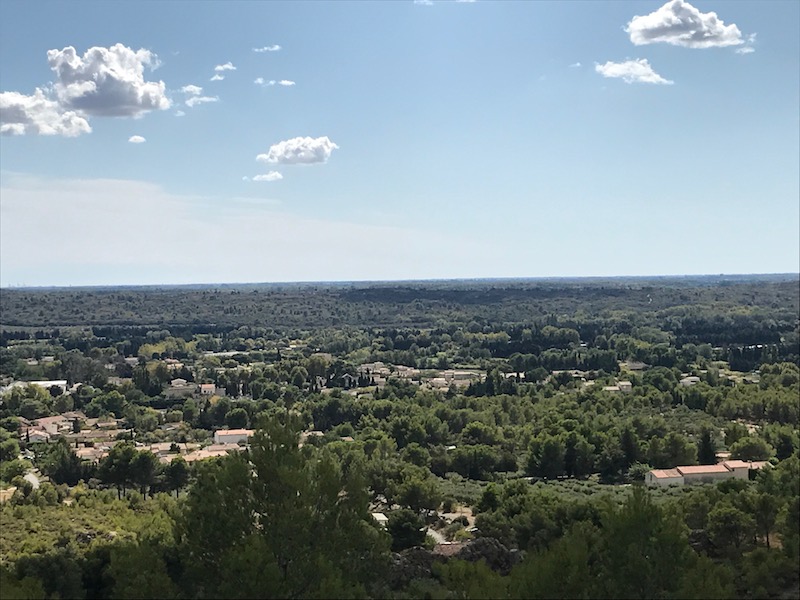
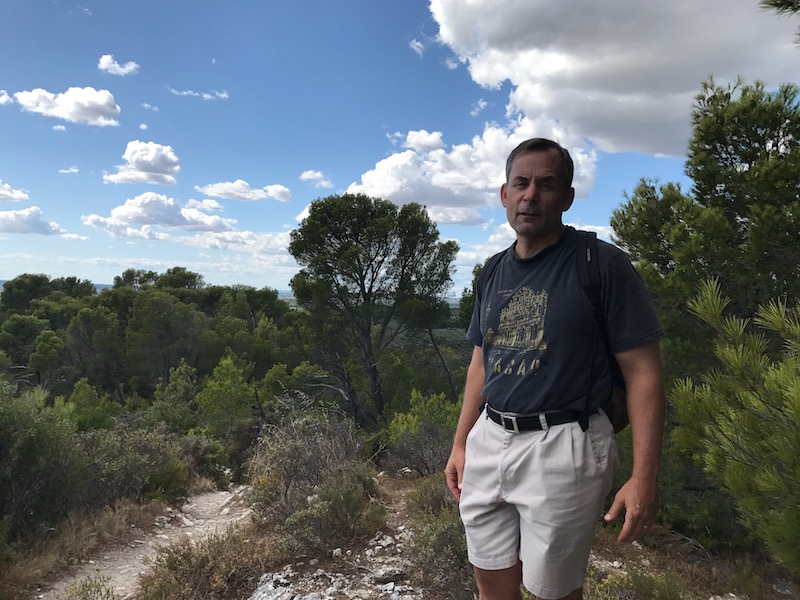
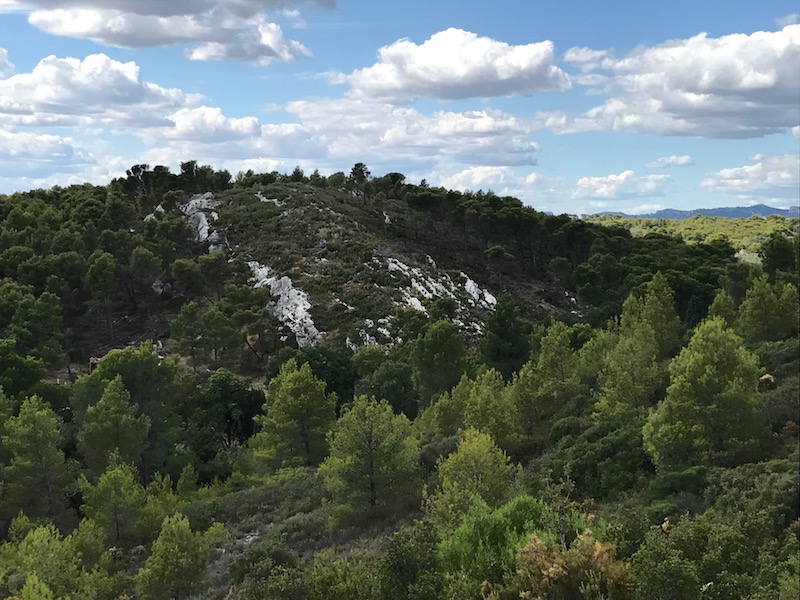
There are still oil mills within the town and area, and we were able to go through one of them that had displays of some of the older mills. Moulin Saint-Michel has been processing the harvested olives since 1744! They have a boutique here (of course) but you can also go through and see older presses that were used to extract the oil from the olives.
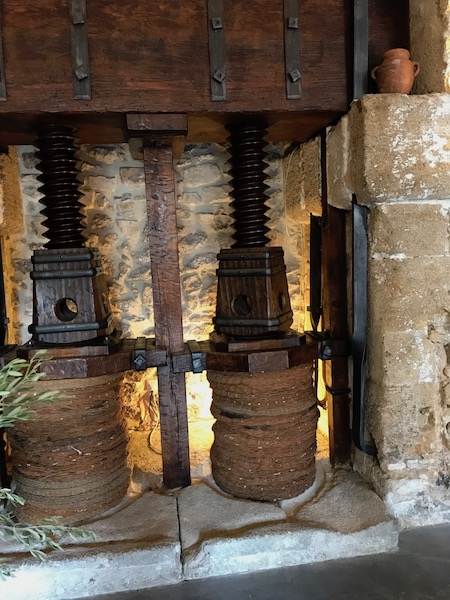
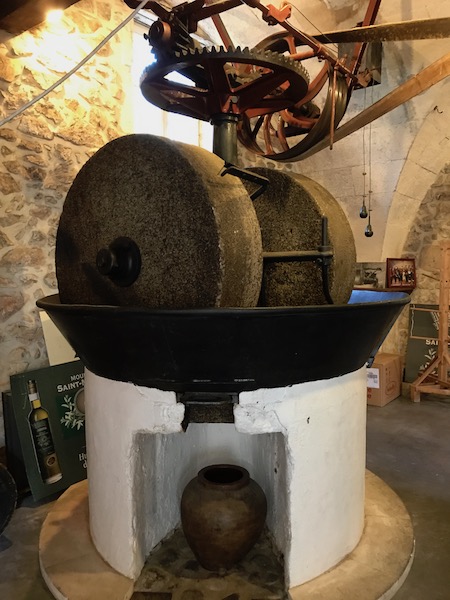
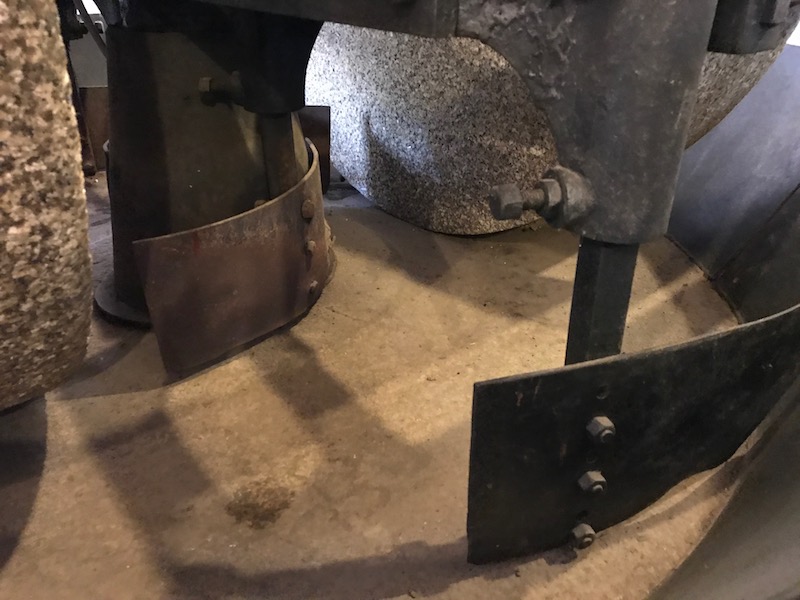
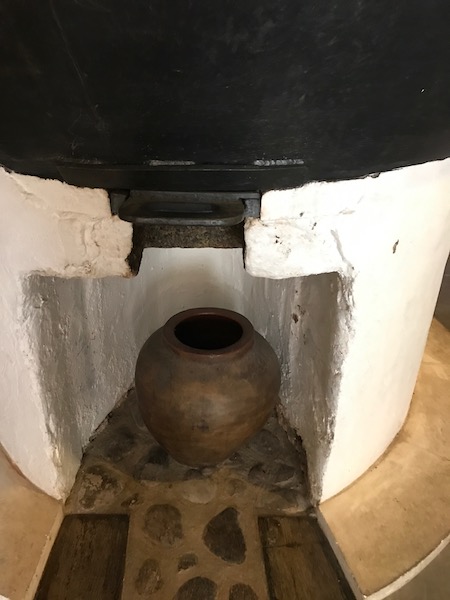
Second thing on the agenda was an olive breaking contest. This may sound very odd, but one of the traditional Provence recipes is what they call "olives cassees" or "broken olives". These are green olives which get their skin "broken" (not smashed or ground, just broken) and then soaked in water for 10 days (changing the water daily), and then in brine for another 5 or 6. The 10 days in water is meant to remove the bitterness from the green olives, and then the 5 or 6 days after is what imparts the flavor .. either just a brine, or with additional flavors like fennel, thyme, or laurel. So, the olive breaking contest ... they had 3 categories (men, women, kids), and it goes like this .... take a green olive, hit it with a glass just so that the skin breaks, then put it into a second container. There are various methods (the 1-at-a-time method or the break-multiple-before-putting-them-in-the-second-container method) ... and it was a bit interesting to watch ...
All of the contestants get to their stations and put on a plastic apron ...

and then off they go ...
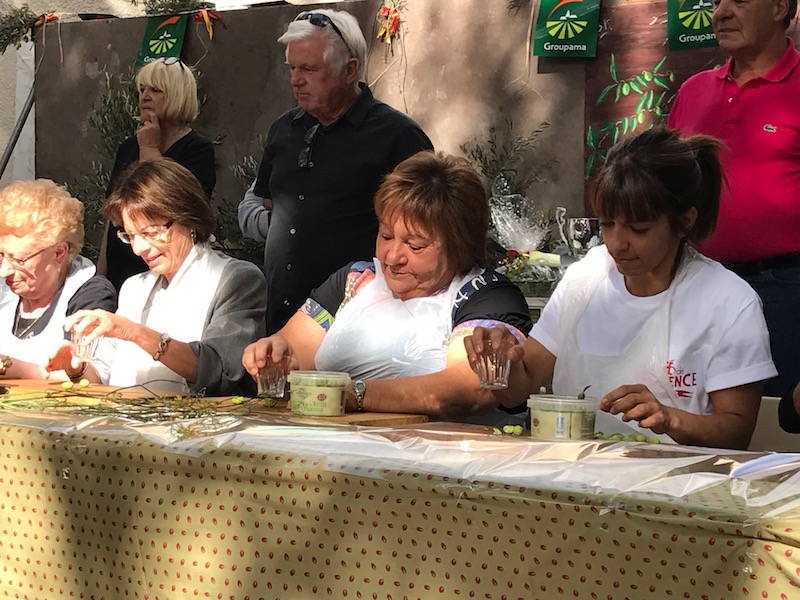
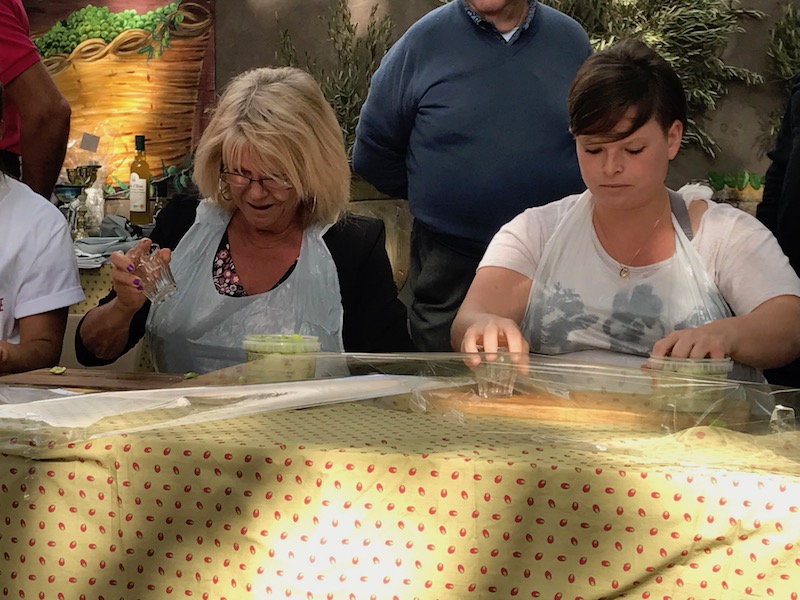
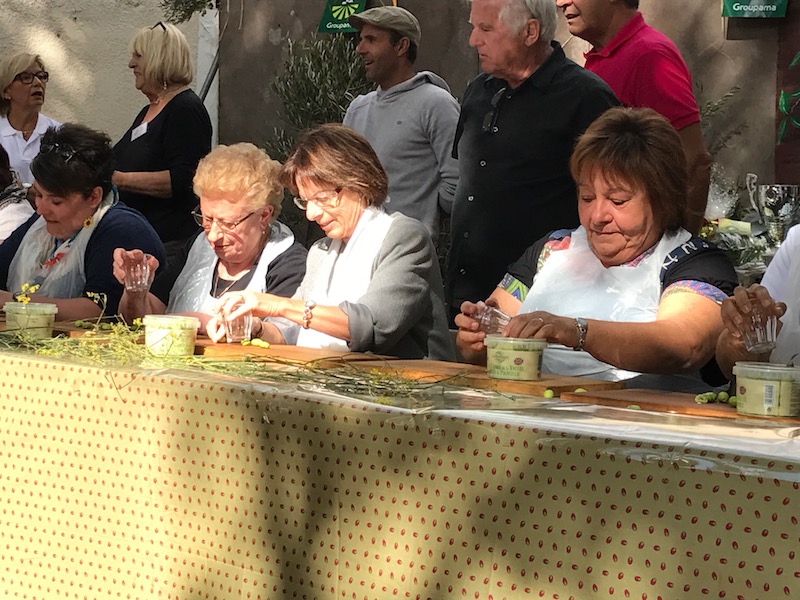
The pictures really don't do it justice, so a little video (complete with audio)...
Then when times is up, someone comes and counts how many olives were successfully broken ... they remove out any that they determine were not actually broken (so you hit it but it didn't actually split the skin).
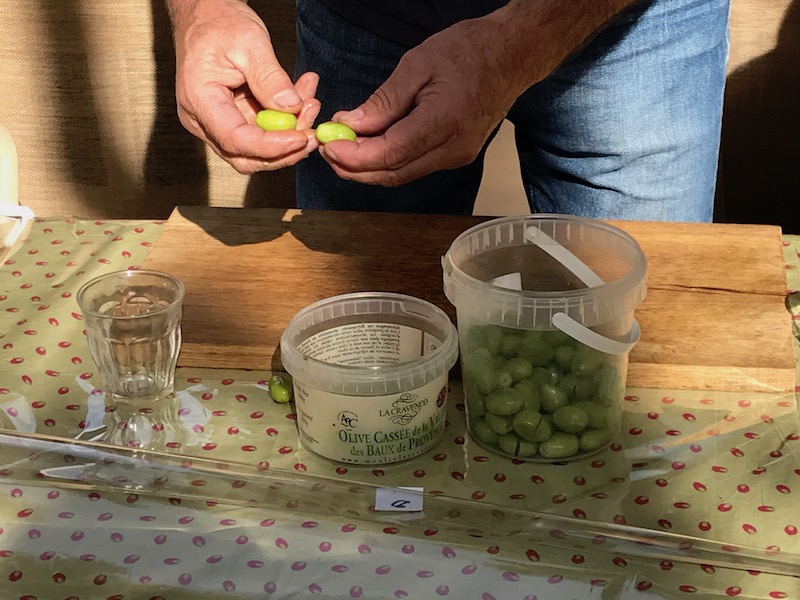
And now the guys ...now ... this was a bit funny ... the guys started and about 30 seconds in or so, the platform started to break in the middle ...and the guys kinda fell backwards ... so they moved everybody down to the pavement and restarted...
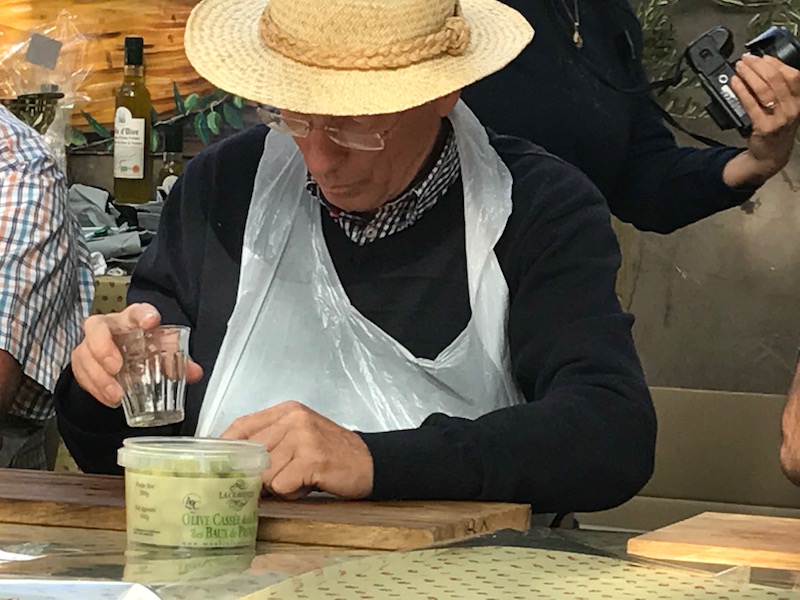
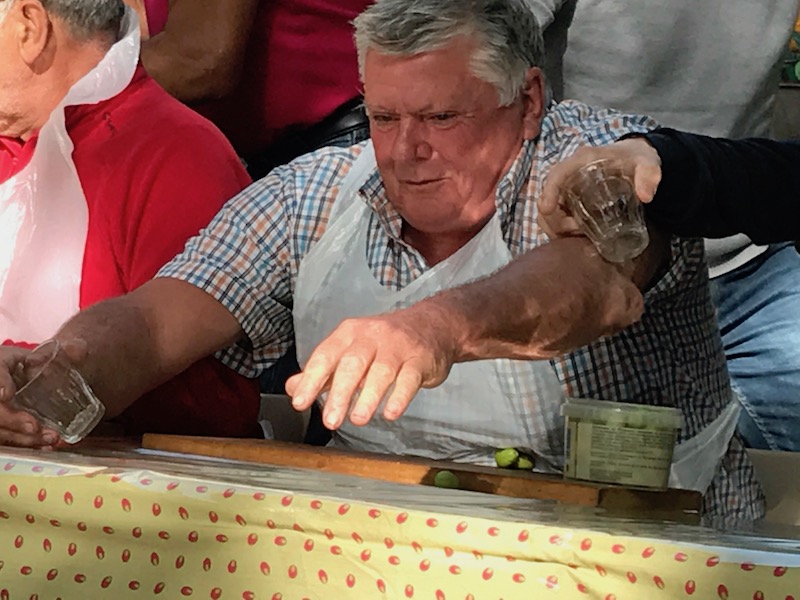
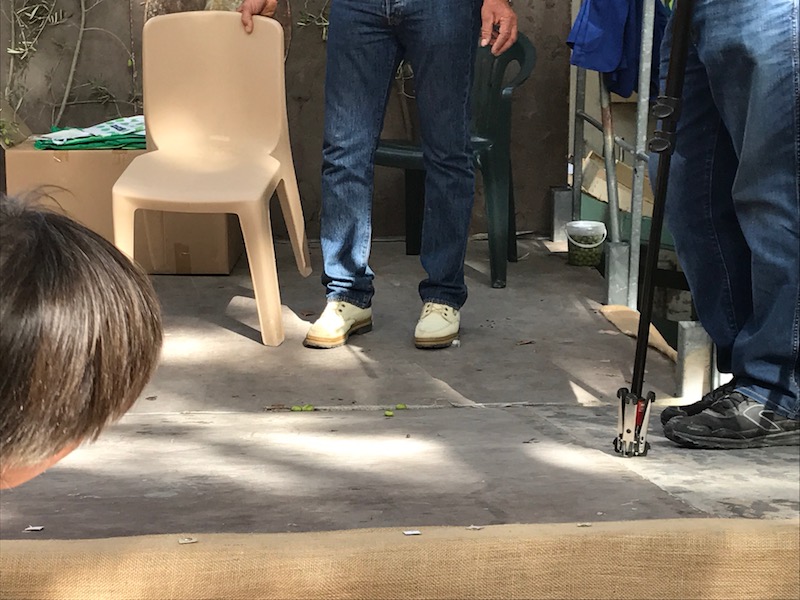
Here is a better view, now that they are down at street level (instead of above us) ... you can see the unbroken olives and the glass sitting on the cutting board ... a larger empty pail to collect the broken ones is put in the lap.
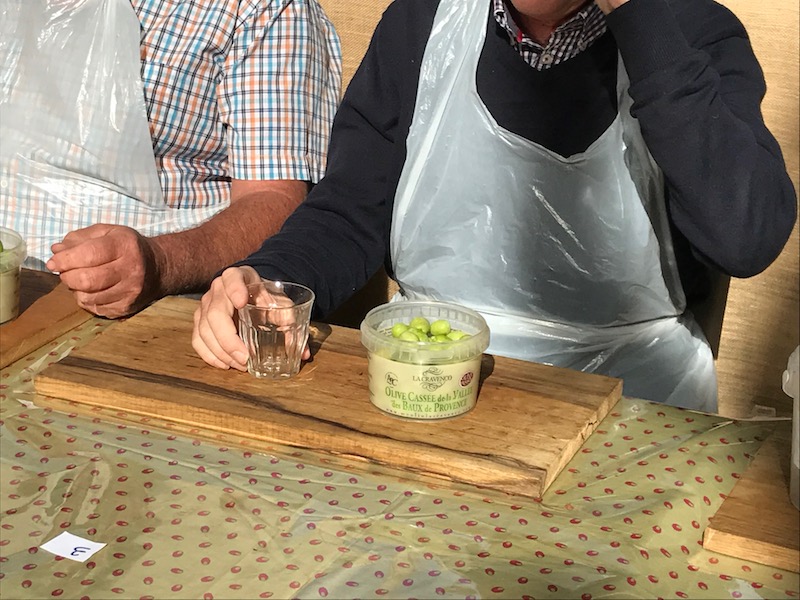
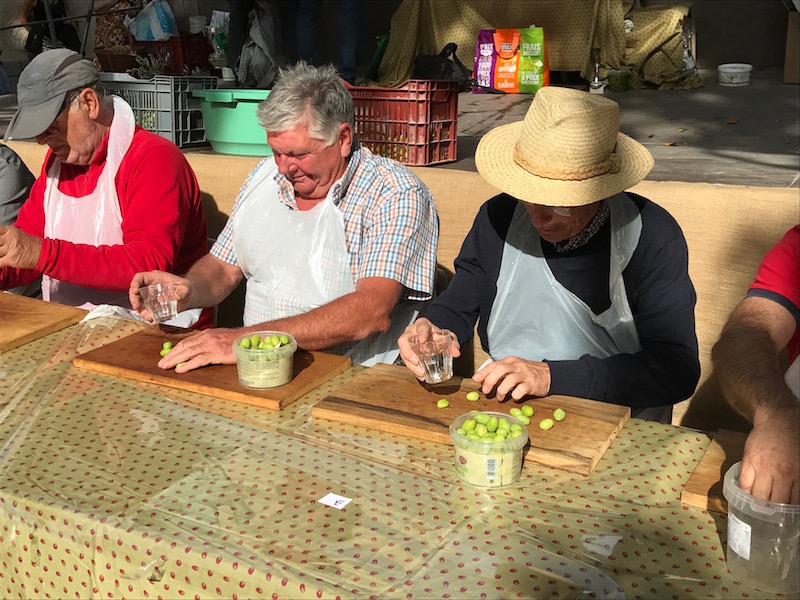
And the guys video...
The kids were the funniest to watch ... especially this little girl in front, who kept hitting them not quite square and shooting olives out into the crowd!
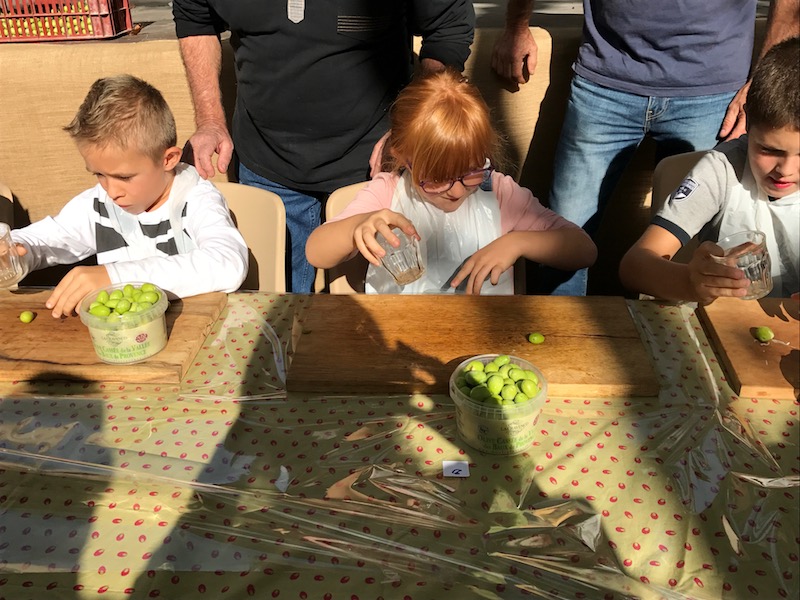
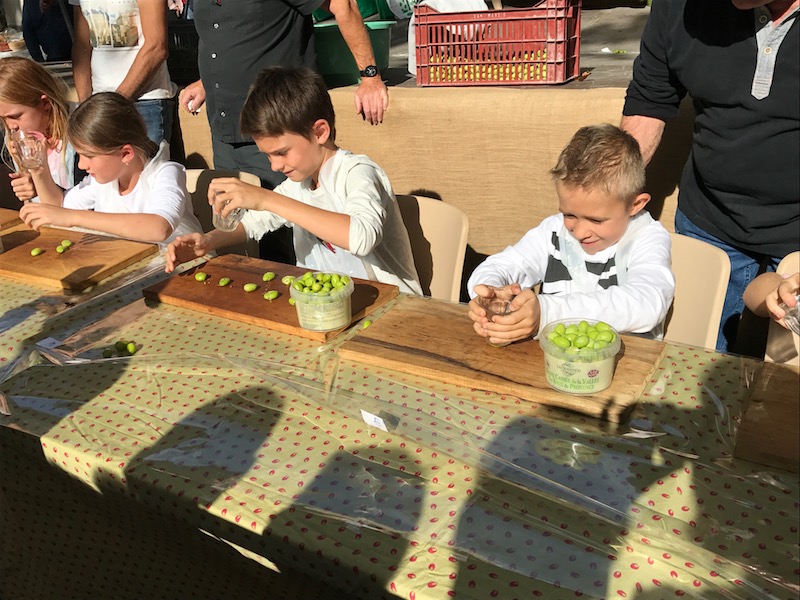
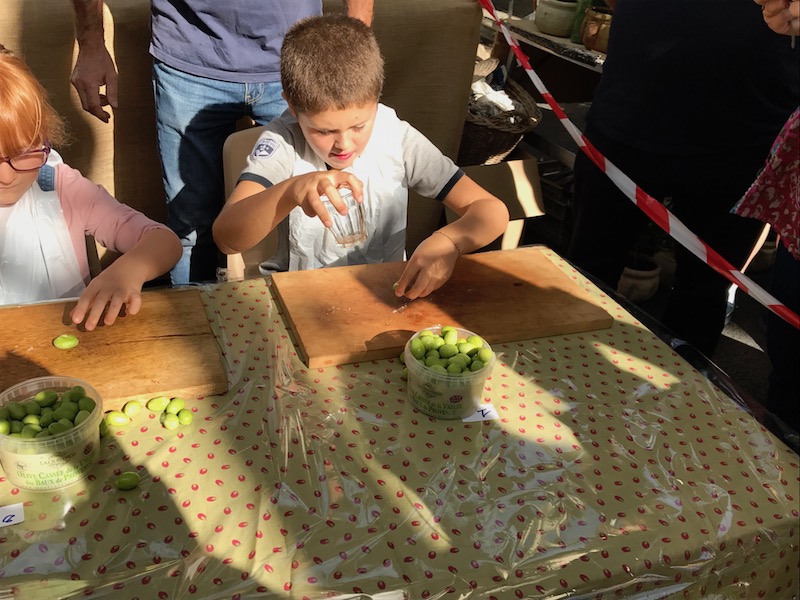
Next on the agenda is an aioli competition. I would have thought it more likely to have been at the garlic festival but since it is made with olive oil, it fit in well here also. Here, the men and women went head-to-head making their aioli. They could bring their own mortar and pestle and then were given garlic, salt, olive oil, and 1 egg. It was interesting to see the different methods ... some were diligent in cutting their garlic into tiny pieces before starting to pound it, while others put in almost whole cloves and used the pestle to do the work. At the end, they were tasted by a set of "impartial" judges to determine the winner (and of course, we got to try them all as well!)
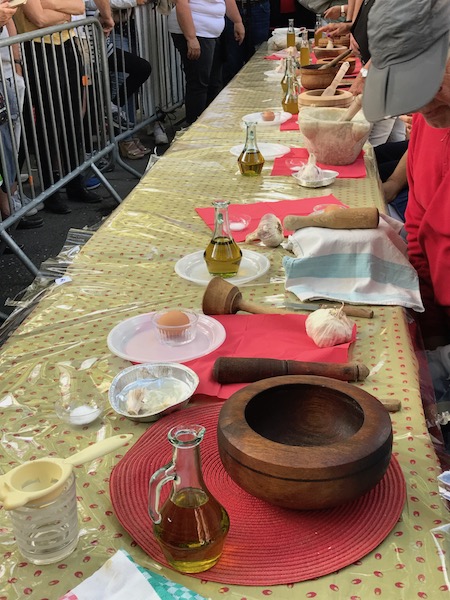
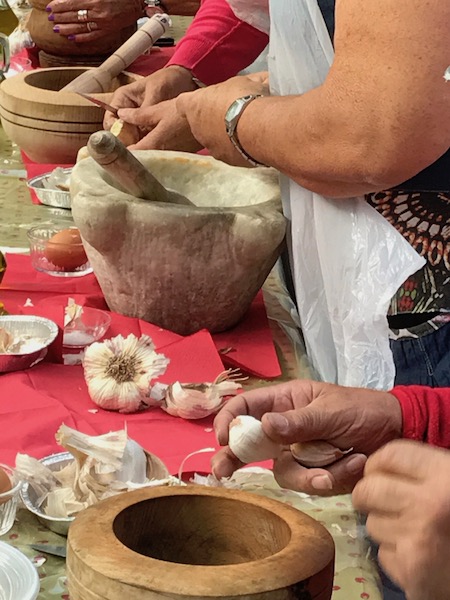
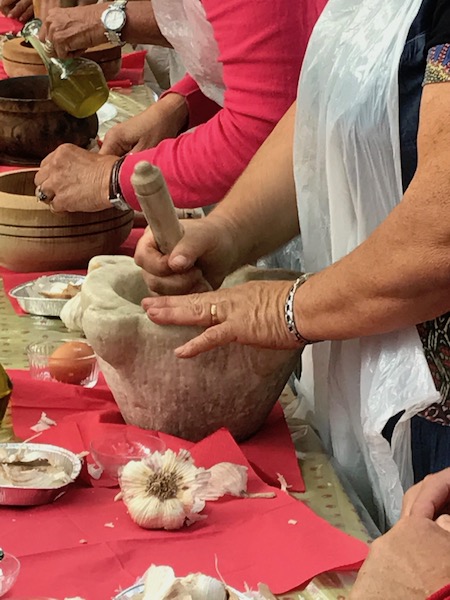
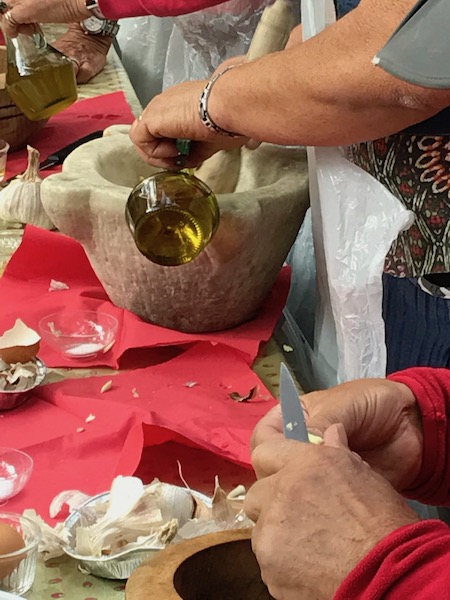
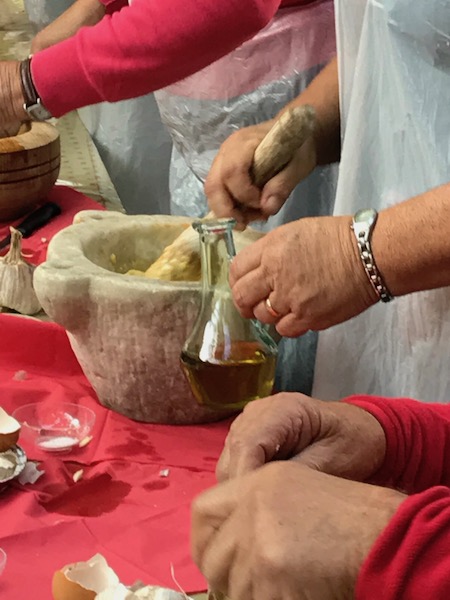
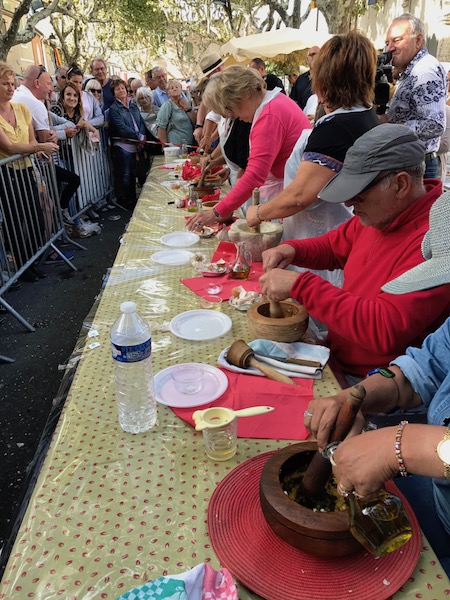
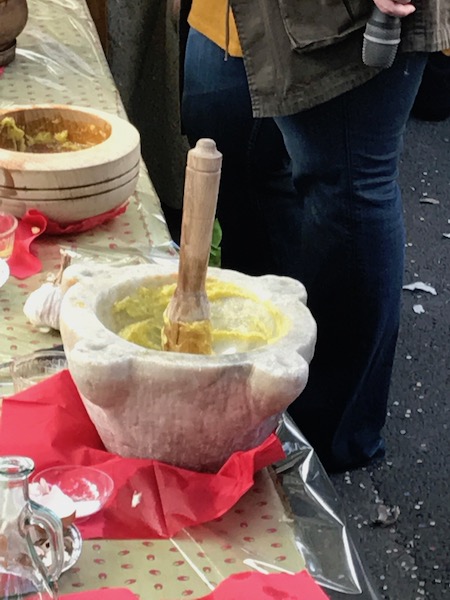
The winners were given gifts, including (of course) olive oil and olives!
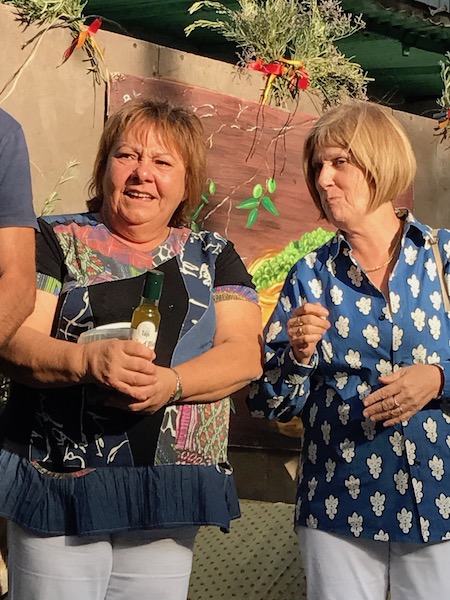
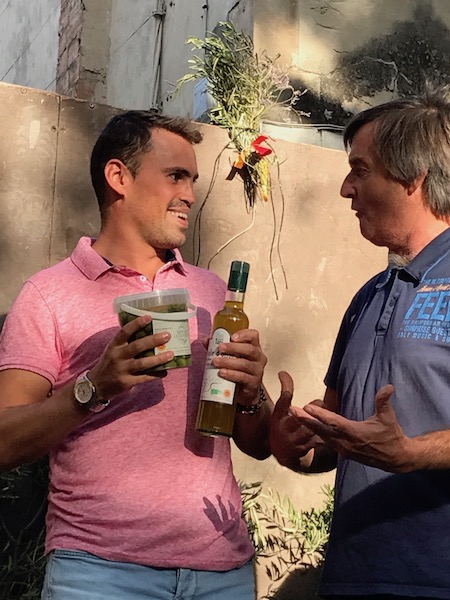
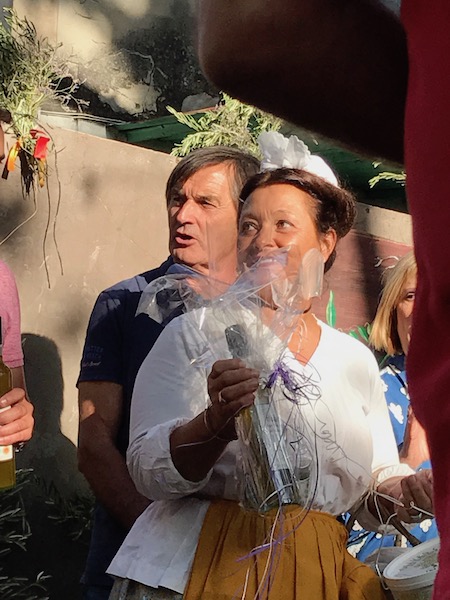
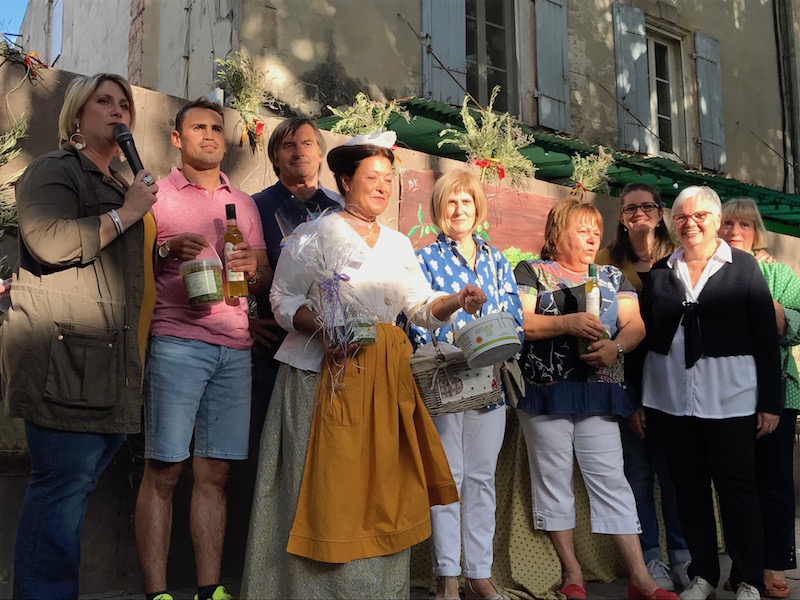
This is one of the stones from the old olive mill, that crushed the olives to make olive oil.
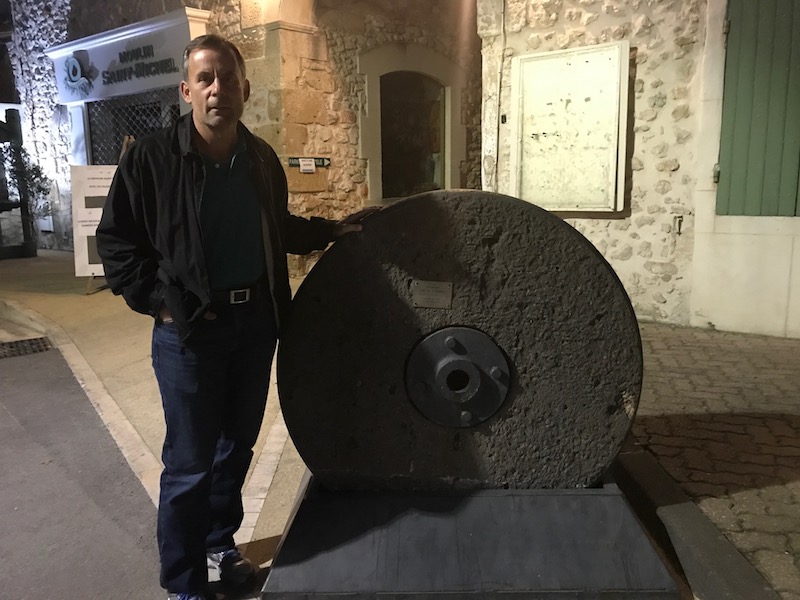
Just a couple pictures to get the lights strung up across the main road at night.
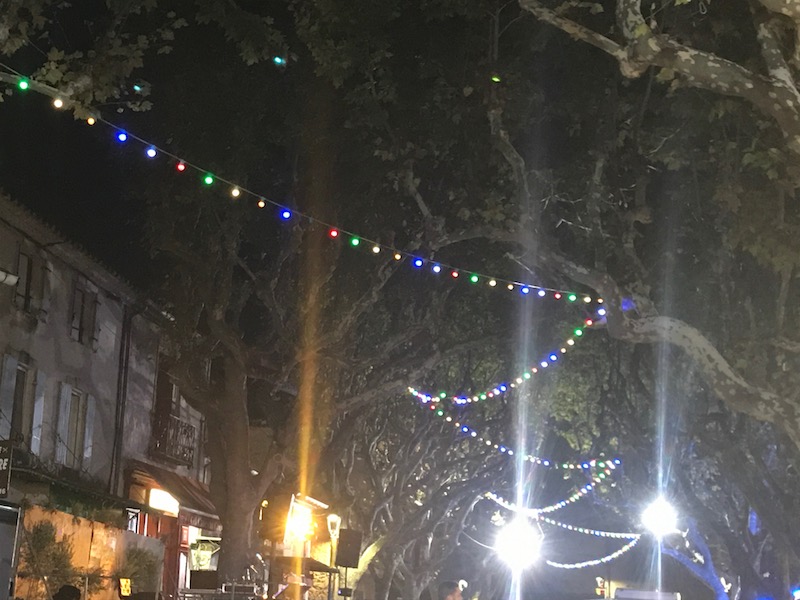
Go to the Olive Festival Day 3 blog